West and then East.
Our excursion through the mountainous Boyacá region of Colombia had been everything we’d hoped for: interesting terrain, vastly differing ecology, quiet roads, friendly towns and settled weather. But as with any chapter of a long tour closing, there’s often the question of ‘What next?’.
We have a rough idea of the main areas we want to see in Colombia in our remaining 7–8 weeks (yes, we will be doing a visa renewal!), but they’re fairly far flung and it’s in linking them together that we try to keep the route as interesting as possible and hopefully discover a few hidden gems along the way. Florián – the main subject of this post – was one such place.
Our Colombian friend Leyla (who I’d climbed with often back in New Zealand in 2008/2009) had suggested Florián to us when we’d met briefly in El Cocuy. She didn’t say much about it; just that it was the location of a beautiful deep valley in the west of the Cordillera Oriental, back in the Santander Department. We’re not in a hurry in Colombia, so it was an easy decision to detour west over a few more mountain ranges as we make our way – circuitously as always – towards Suesca, just north of Bogotá.
With Ride With GPS we planned a mostly dirt and backroad ride towards Florián, soon saying goodbye to the subdivisions and orchards of the outskirts of Villa de Leyva and climbing 1000m to the top of a range. Dirt roads and a couple of farm tracks (that could be avoided) led us down to Saboyá for the night. As always it was quiet riding and peaceful surroundings.
Hard to believe these fields of crops are at 3000 metres elevation – we must be closing in on the Equator.
Saboyá, although a decent sized town, had no accommodation but a woman from the tienda/comedor pointed across the plaza and suggested we knock on a door over there. Our knock was answered by a woman, probably in her late 60s, who seemed (unsurprisingly) slightly taken aback to see us, and especially when we asked if she had a room or somewhere we could sleep. But as we explained ourselves in a flurry of probably garbled Spanish she softened up and invited us inside and upstairs to her living area.
We were invited to sit, while a maid was instructed to prepare us a bed in her spare room. Over coffee, we learned that she was the landlord for a number of apartments in the building, mostly inhabited by young students. We got talking more and ended up sharing a lot of laughs over our clumsy Spanish as she told us about her own travels to Mexico and Europe.
After some time, she walked over to a cardboard box in the corner of the room, flipped open the lid and roughly pulled out a tiny – terrified – kitten. With the kitten burrowed face first into the crook of her elbow she told us she’d just been given it that day and that it’s name was Cosumbo. A mighty name for a tiny creature that at that moment was shaking violently and probably wishing for its real mother, instead of this short and sturdy woman who seemed to bellow his name COOOOSUMBO as if the animal were an unruly dog.
It was all quite entertaining and after we came back from a cheap meal at the comedor Hana and I took turns trying to calm the creature down (during which he vomited in my lap), while one of the young student boarders came and practised her English with us while correcting our Spanish. When we went to bed, Cosumbo was reboxed and pushed into the next room, where he mewed and yowled all night, but by the time we left the next day he was cautiously exploring the perimeter of the room and climbing the furniture.
Chuckling about the little cat with a big name and an indifferent adoptive mother we biked off up the next hill, occasionally choking in the dust of passing milk trucks and enjoying the sights of rural Colombia, where horses and donkeys carrying milk urns or firewood are commonplace.
We topped out back in the páramo and ate an early lunch opposite an army base, while the officer in charge came and chatted to us. A nearly 2000 metre descent followed as we dropped down the side of the range and into the steep canyon of the Rio Tisquizoque.
The canyon ends abruptly at the edge of cliff, overlooking the small farming town of Florián and the road onwards had been blasted haphazardly into the edge of a limestone wall. It looked as if the remaining rubble might give way at any moment.
Looking back across Florián to the Rio Tisquizoque canyon and the valley it drops into (you can just see the road etched into the cliff in the upper centre of the photo). The area pulls in a few tourists, and there’s been quite a lot of climbing development on the abundant cliffs.
The feature the valley is most famous for (as we found out once we got there) is the Ventana de Tisquizoque; the black cave in the middle of the cliff in this photo. While our route in the upper canyon had cut across the cliff on the road (out of frame to the left), the river flows underground briefly before tumbling out of this cave and down a series of waterfalls to the base of the main valley. There’s an easy walk through the cave to its exit in the cliff face, so we took the next day off to check it out and enjoy the area. The accommodation was about the cheapest we’ve ever had for a hotel room with bathroom: NZ$9 – one of the bonuses for seeking out the remotest tourist attractions!
Looking southeast towards the country we’d be heading into beyond Florián.
Early in the morning we walked up hill towards the cave. The sun rose behind the highest wall of the valley, creeping over its top and slowly revealing its complexities and bringing colour to its shadows.
Looking back up at the cave entrance as we descended stairs into its partial darkness. Just below the river flows around polished boulders.
We were expecting to walk in the dark for a while, but as soon as you feel like you’re entering the earth, you can see the light flooding in from the Ventana (window). A rock-walled pathway and bridge leads the way.
It’s an amazing spot. Standing at the exit, there’s sheer cliffs rising above and below you, near darkness behind, while beyond the Ventana the landscape is bathed in early morning sunshine.
The stream runs off the edge, falling in droplets to a broad ledge about 40 metres below, which it crosses before dropping off in two further tiers.
The next morning we had a 500 metre descent to the valley floor, dropping us to 900 metres – the lowest we’d been in a few weeks – before climbing out the other side and weaving our way down the jungle covered valley on a narrow dirt road. We were loving our surroundings – alive with the sound of gurgling streams and thousands of crickets.
We passed a few small fincas, some growing cacao (from which cocoa is extracted). The cacao hangs in big red pods from the plants. Steep sections of climbing followed heading up to Tununguá.
Out of date roads in Open Street Maps saw us end up on this dodgy bridge just after Briceño, which was still clearly in use by the locals, a group of schoolboys and a woman with her shopping followed us across it.
The afternoon was spent steadily climbing on a good paved road, slowly working our way up into the clouds past large cattle fincas, towering stands of bamboo and the odd tienda. This climb alone (from just past Briceño) was 1500 metres and by the end of the day we’d gained over 3000 metres in vertical elevation, over only 63 kilometres. Thankfully the hot and steep climbing had come in the morning, so the afternoon was just steady spinning at a cooler elevation.
Back at 2650 metres at the top of the climb. Stoked, sweaty, tired and quickly chilled by the cooling air. There was a small tienda here and a tiny BBQ stand selling chorizo, so we bought a couple to accompany our rice and veges and pedalled on in search of somewhere to camp. After another half hour of riding in growing darkness we finally found a spot, up a farm track and hidden from the road.
It was a nice spot, out of earshot of farm dogs and away from roosters who would wake us at 4am. We cooked in the dark, watching distant lightning backlight threatening clouds, but before we finished cooking the peals of thunder were already fading as it rolled off in a different direction, a brief shower of rain being the only fallout on our camp.
Some easier riding on pavement and dirt followed the next day as we crossed smaller rocky ranges and farmland in the direction of Ubaté, where we spent the night and the next morning before heading on to Suesca on a mostly dirt route. We were now on the Bogotá Plateau (or Bogotá Savannah as it’s also known), a broad upland surrounded by the ranges of the Cordillera Central.
Late in the afternoon we topped out on a hill above Suesca and got a great view of town and the surrounding landscape. The crags in the background make Suesca famous for climbers Colombia-wide. These sandstone walls were the birthplace for Colombian rock climbing and contain over 1000 routes.
This spot, the home of Leyla, Caro and Diego; cats Andromeda and Igor and two dogs, has been our base for the past nine days. It’s an old farmhouse, built in the traditional rural Colombian style of earth and rock, and with an outdoor living/dining area and outhouse it’s a bit like we’re camping still, but we have a cosy room to retire to at night. At 2600 metres Suesca’s chilly at night and when it’s cloudy, but when the sun comes out (it hasn’t often) it’s t-shirt and shorts temperatures.
From here we made a three day visit to Bogotá to drop my 16-35mm lens into the Canon dealer for repair (apparently the diaphragm needs replacing and will take two weeks), and to pick up a new SON dynamo hub for Hana’s front wheel which has been sent on warranty by Schmidt in Germany. Her current one has developed considerable play after 30,000km, but they are supposed to last 50,000km between services. These hubs are serviceable only by Schmidt, so we had no choice but to pester them for a replacement, which they agreed to eventually. I’ll post some photos from Bogotá in a future blog post, as we’ll be returning there to pick up my lens.
From here we’re going to ride to the volcanoes Los Nevados and then Salento and back to Bogotá. And that brings this blog fully up to date for the first time in a while. More to come soon! Thanks for reading.
Do you enjoy our blog content? Find it useful? We love it when people shout us a beer or contribute to our ongoing expenses!
Creating content for this site – as much as we love it – is time consuming and adds to travel costs. Every little bit helps, and your contributions motivate us to work on more bicycle travel-related content. Up coming: camera kit and photography work flow.
Thanks to Biomaxa, Revelate Designs, Kathmandu, Hope Technology and Pureflow for supporting Alaska to Argentina.

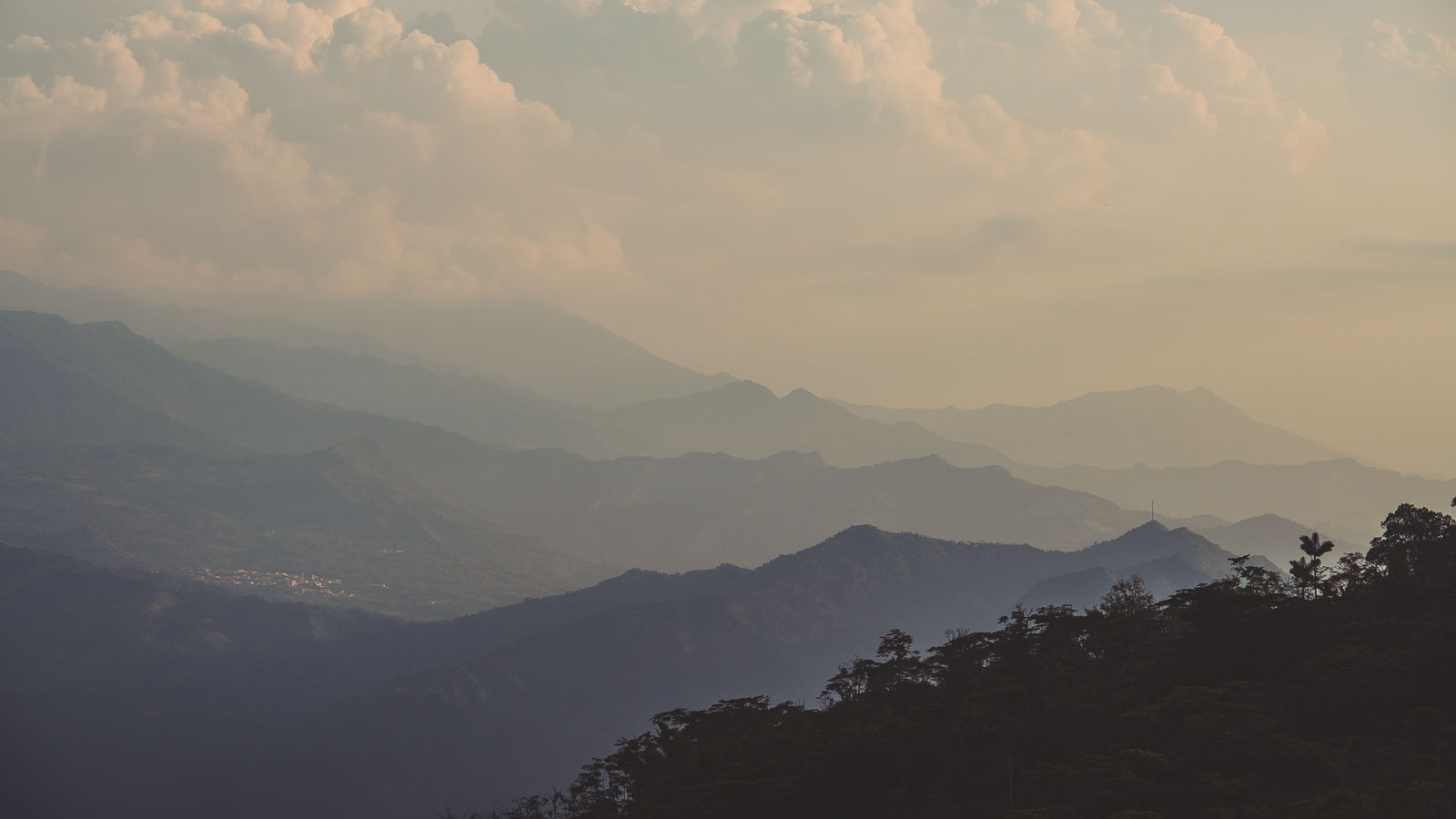
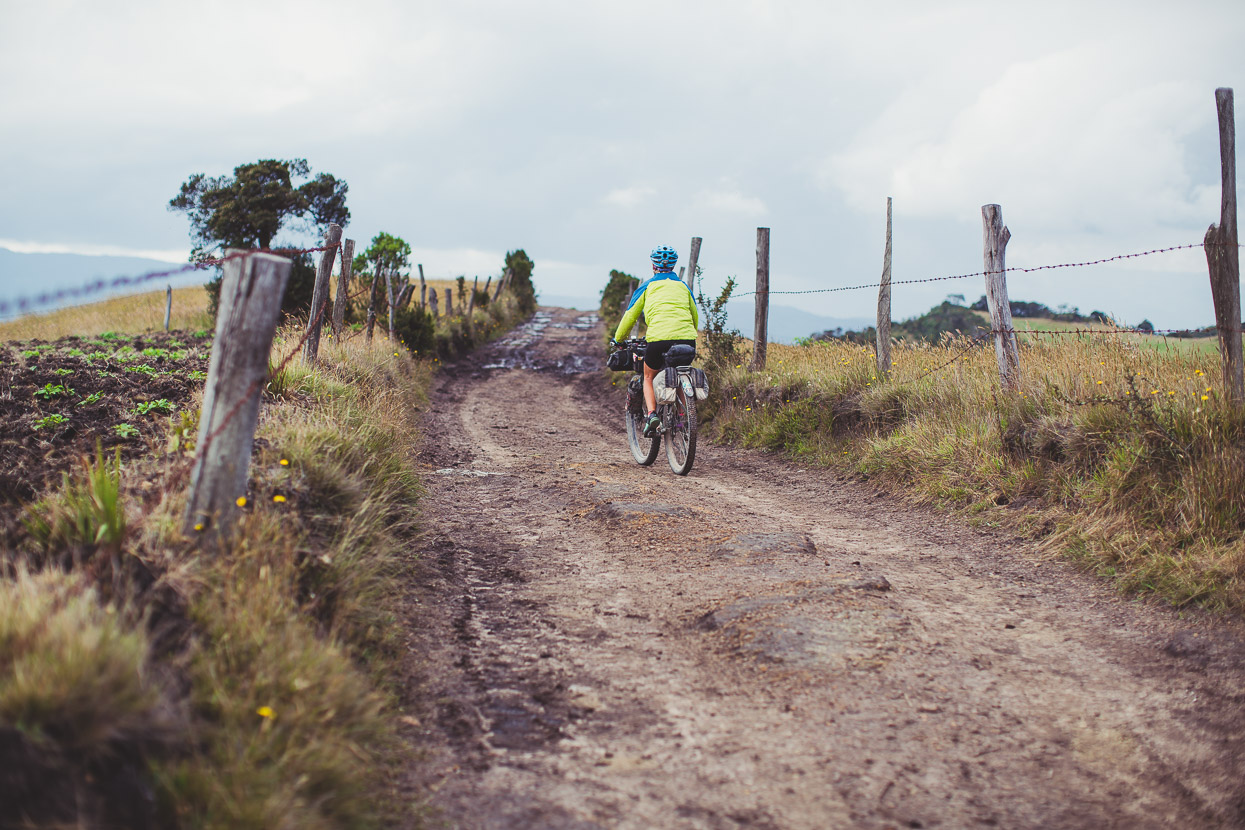
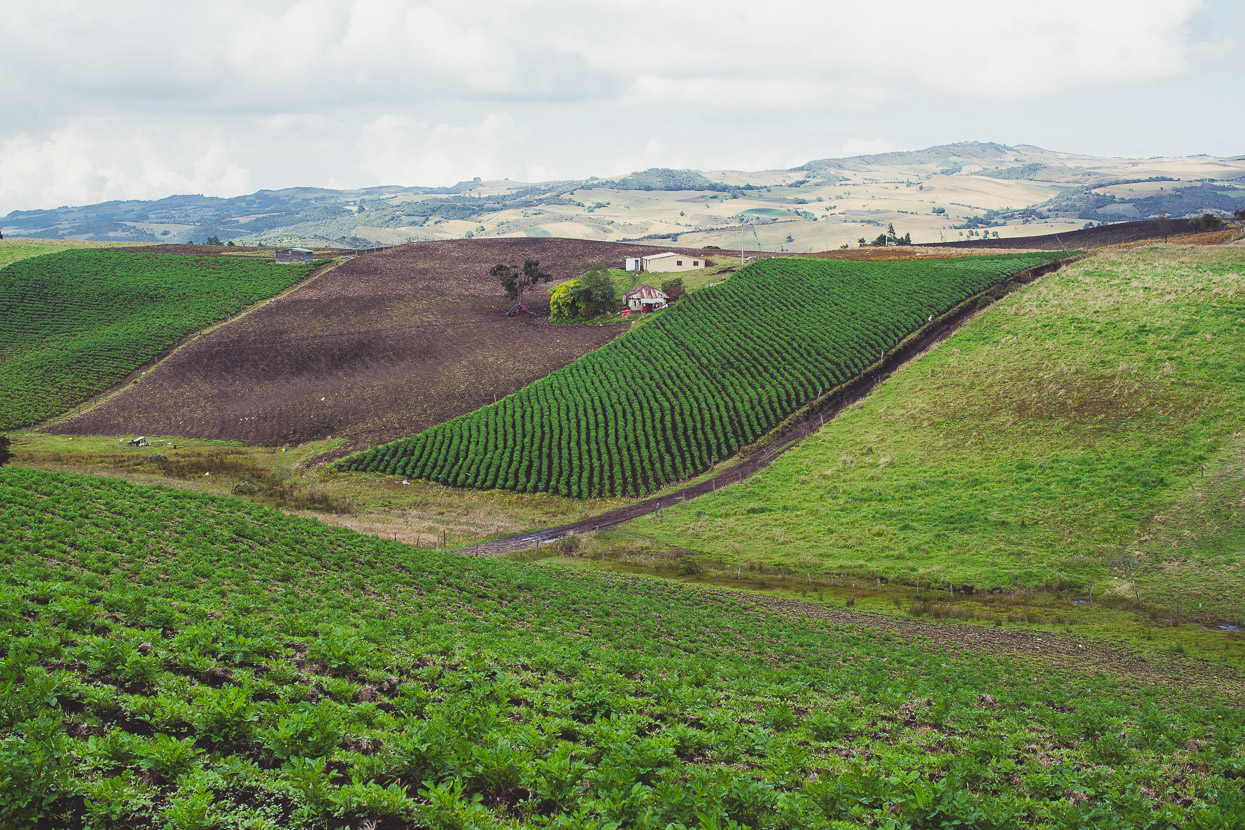
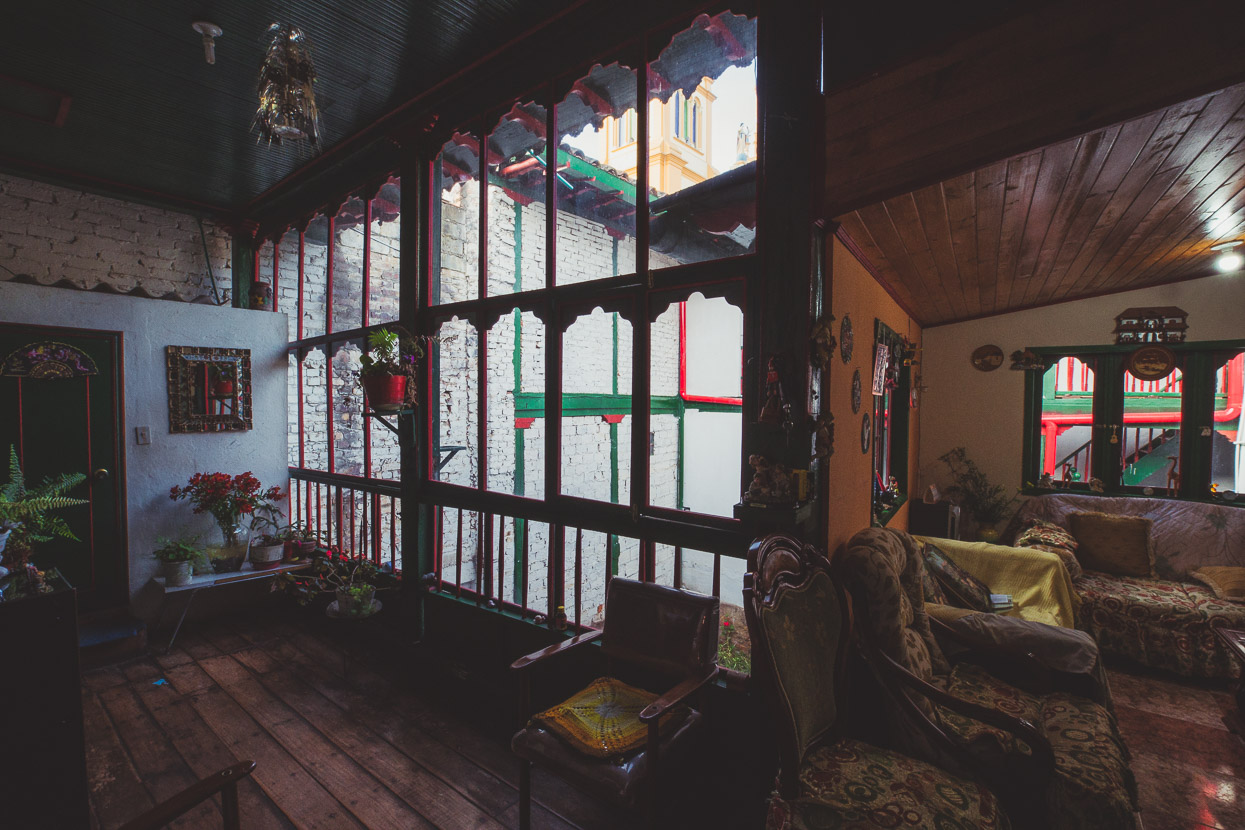
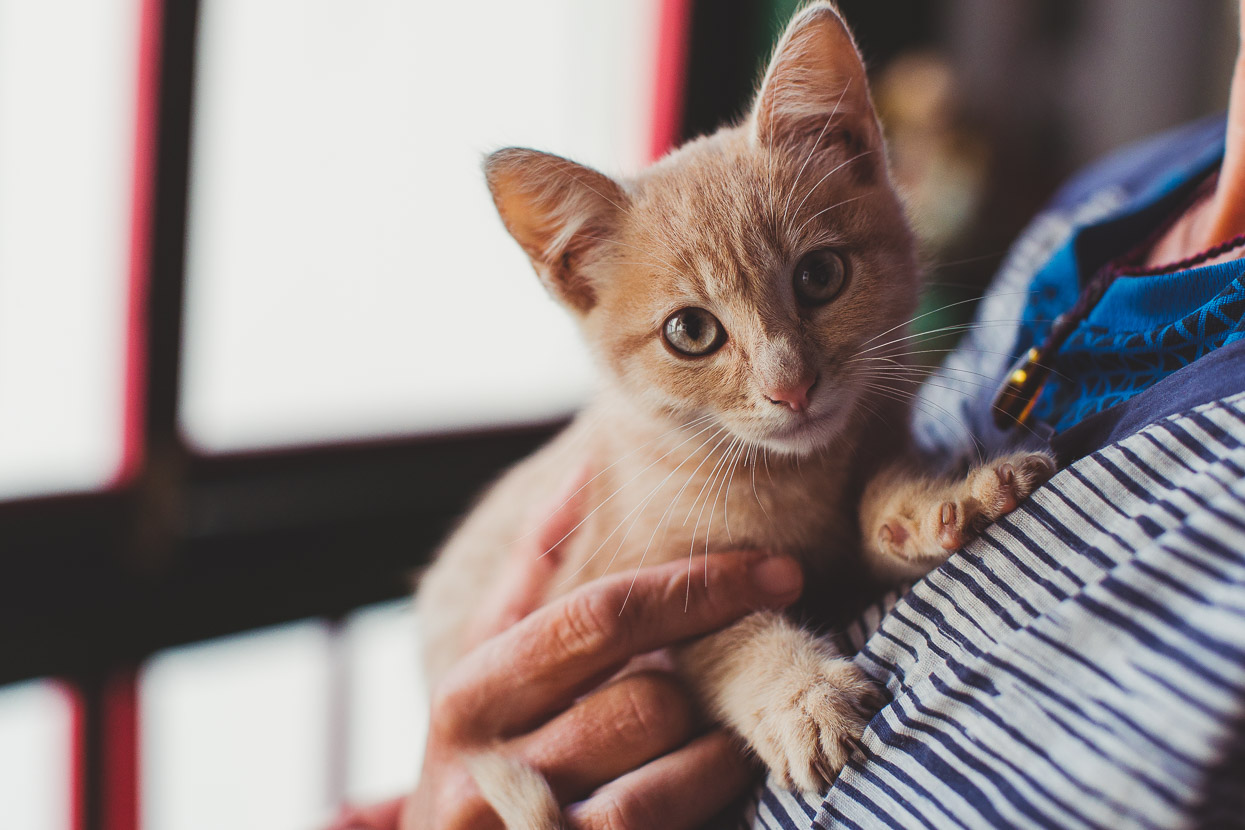
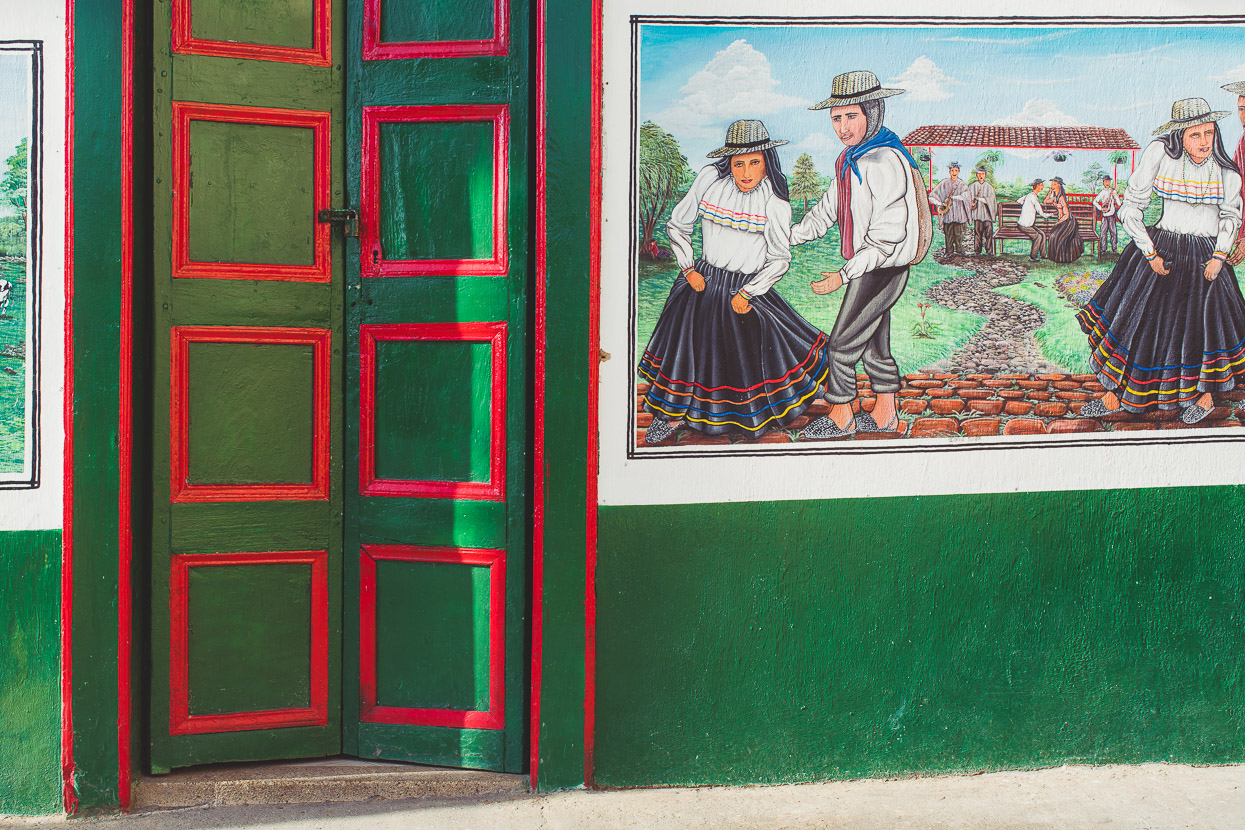
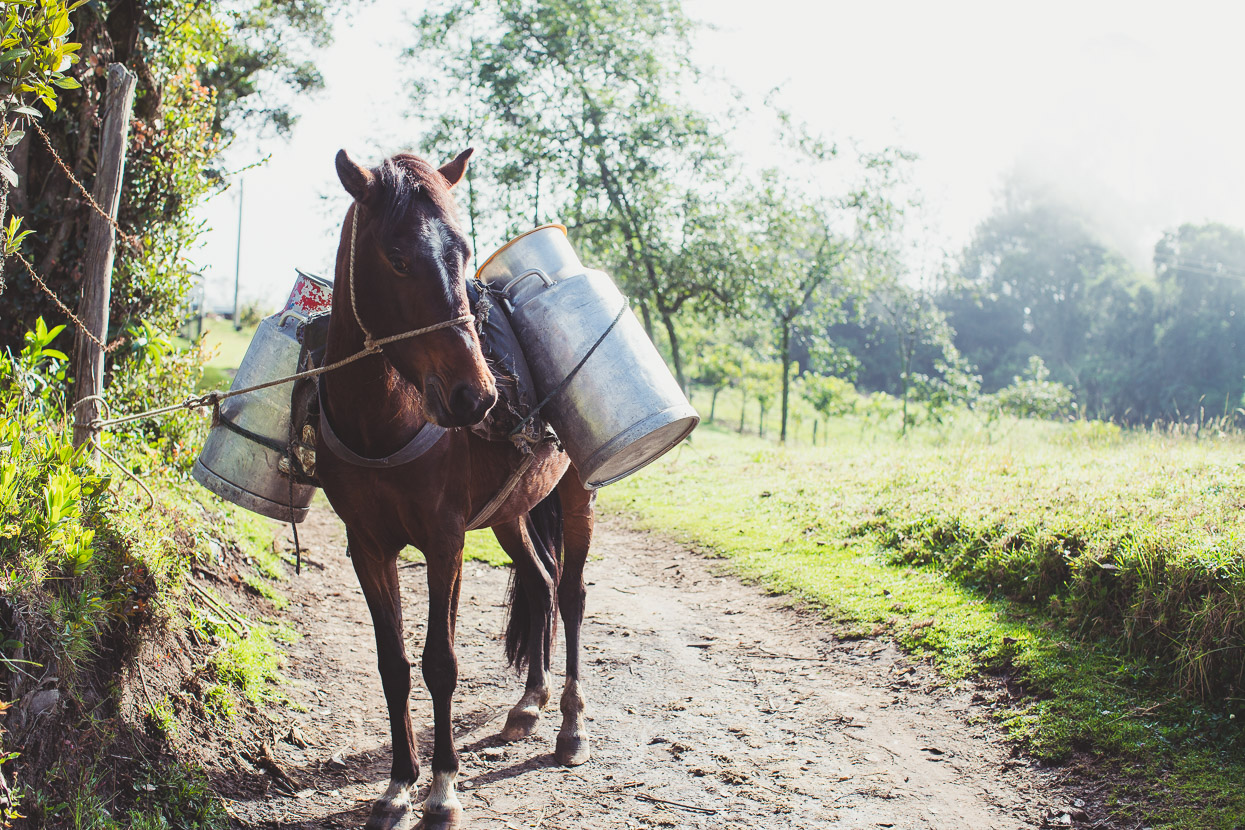
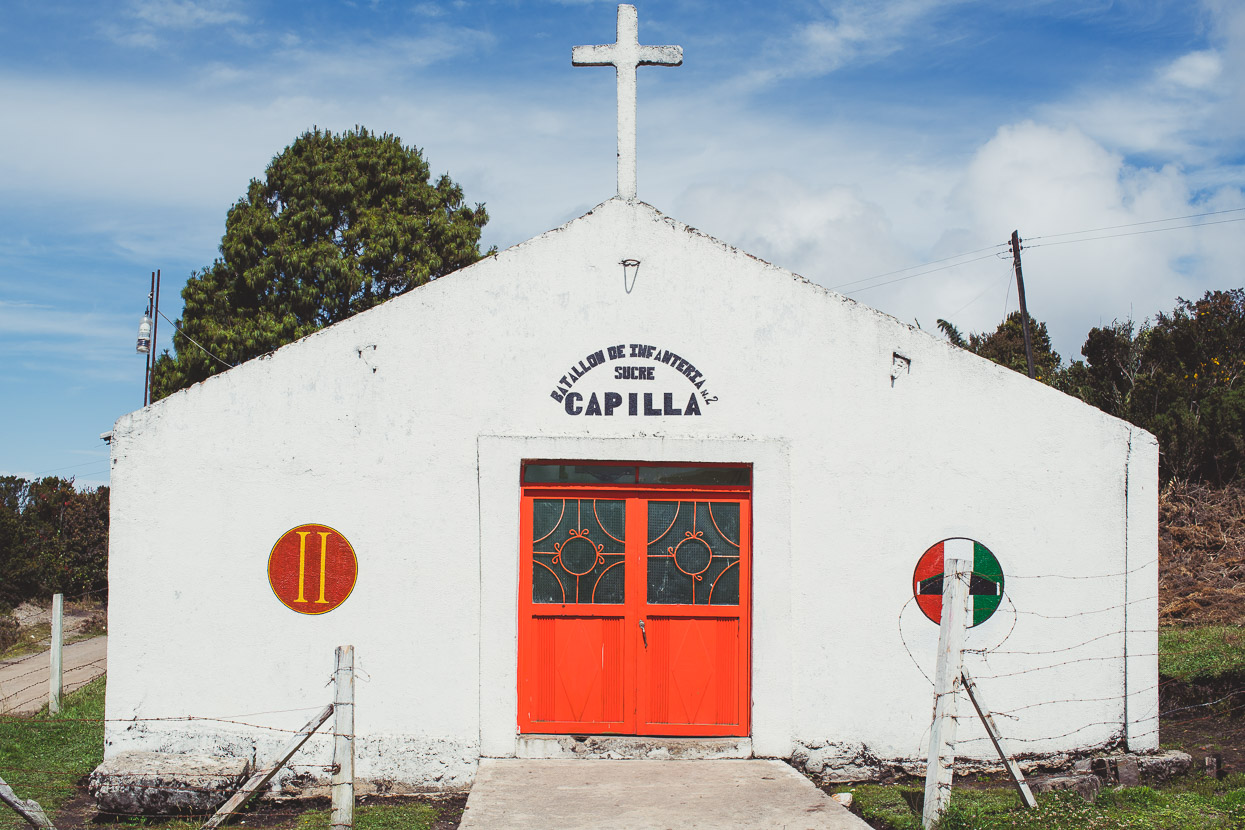
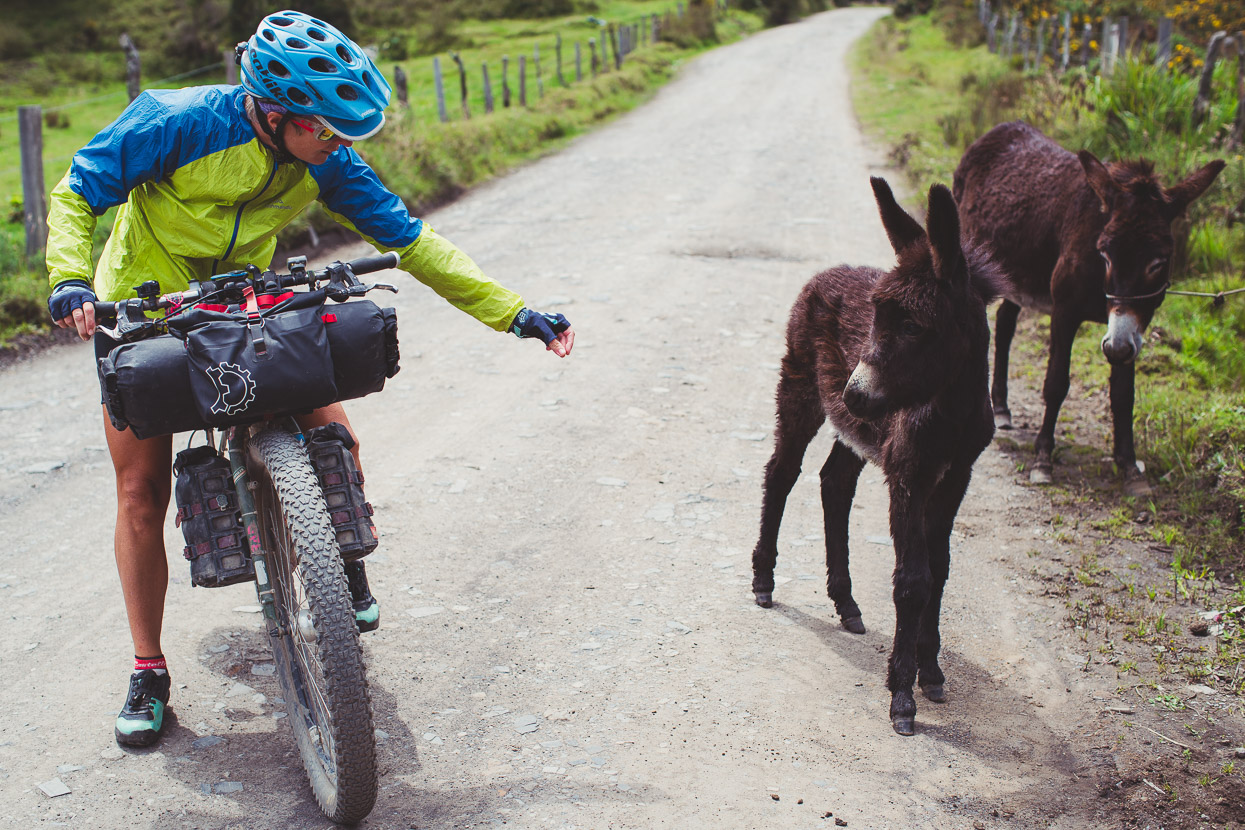
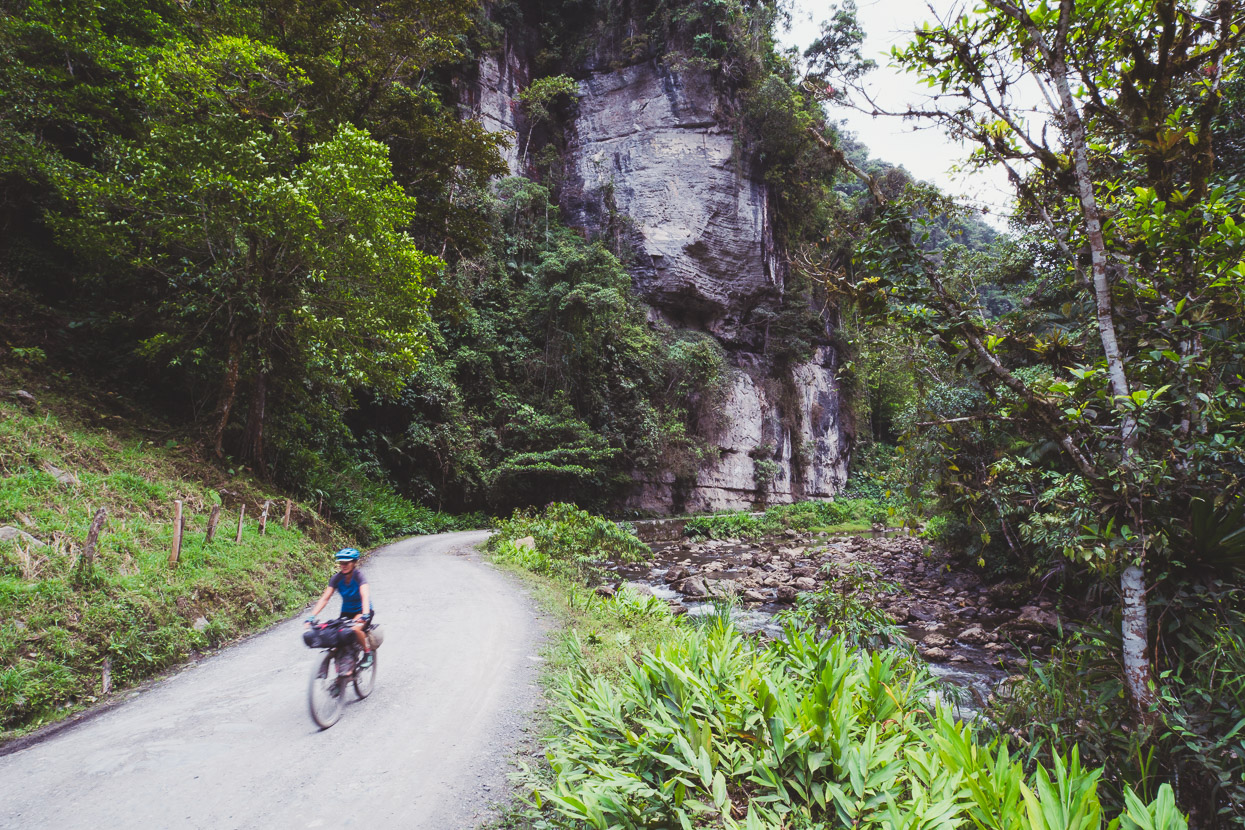
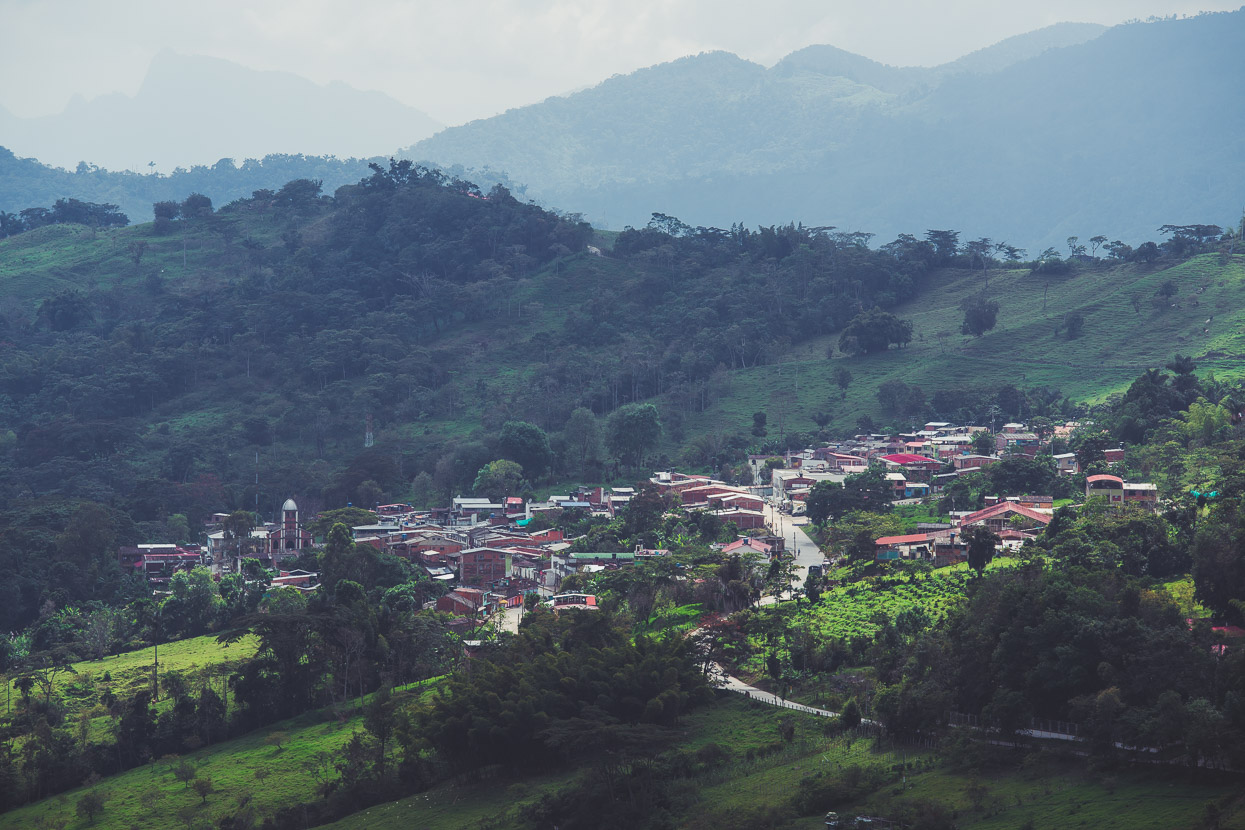
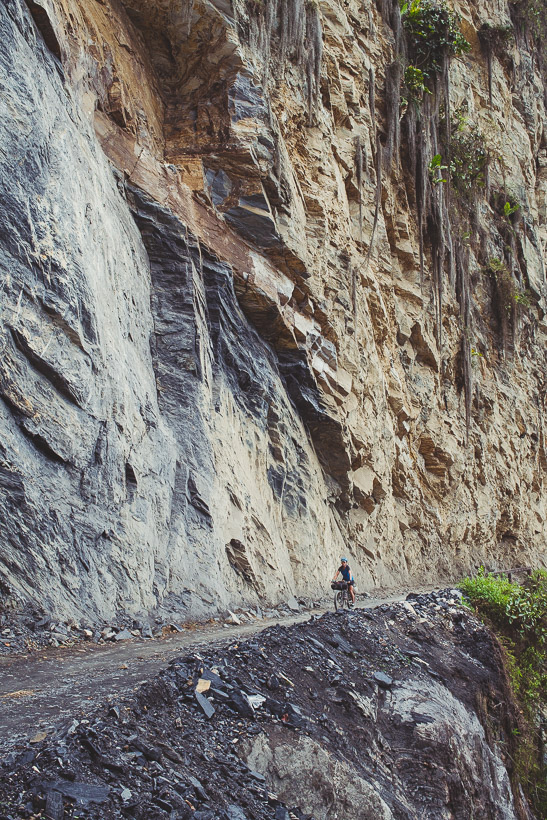
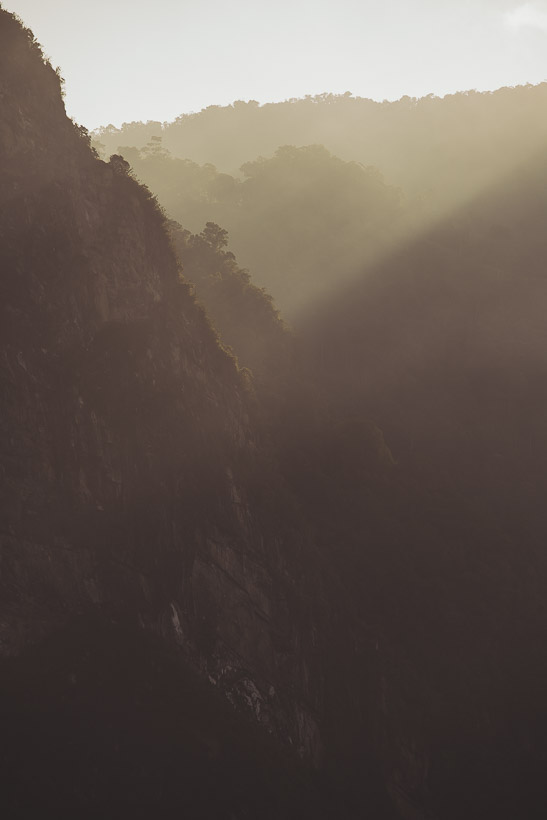
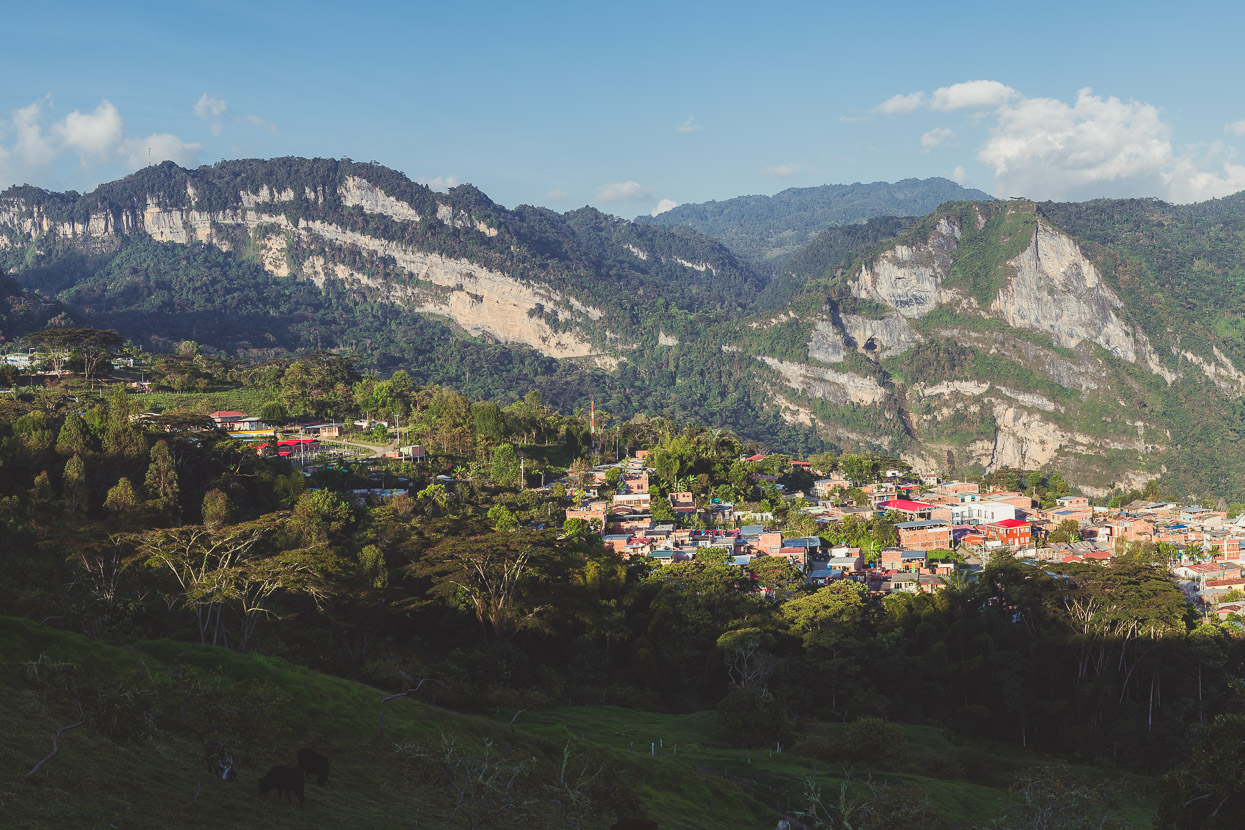
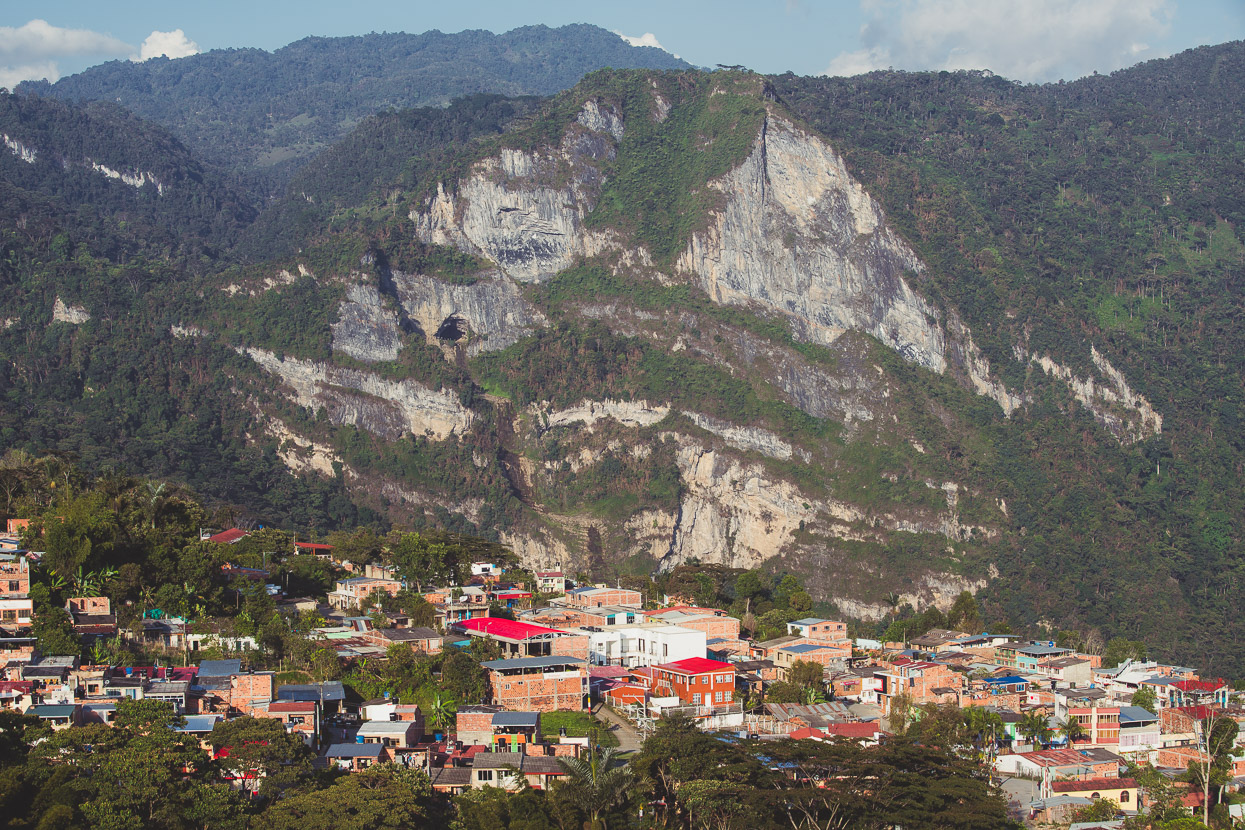
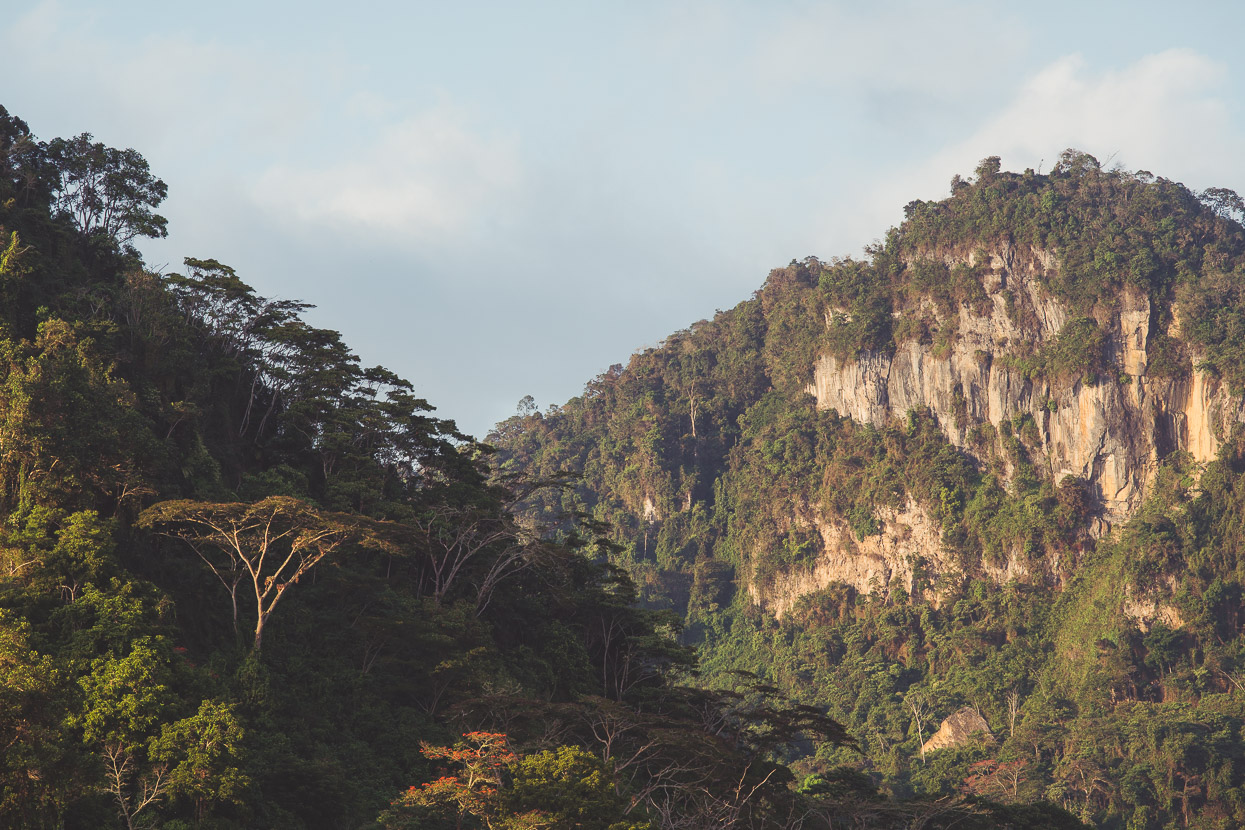
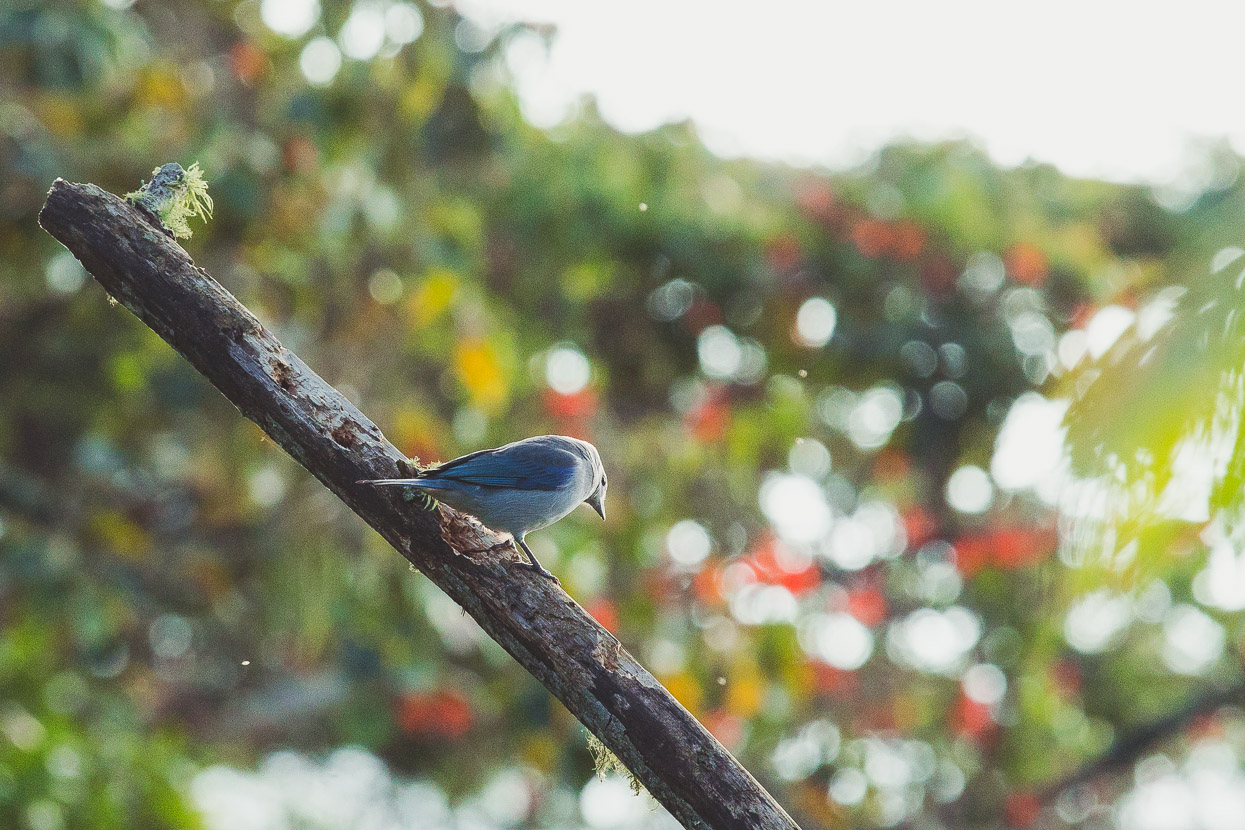
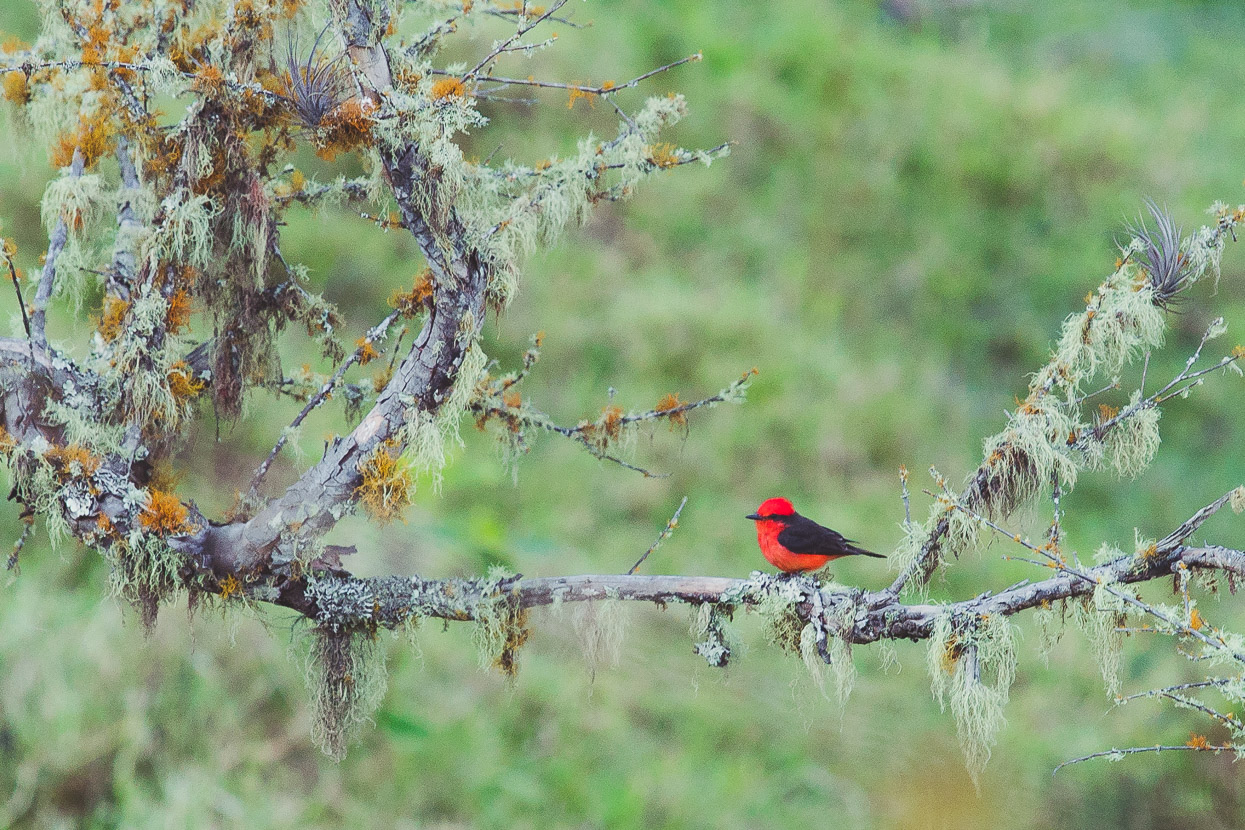
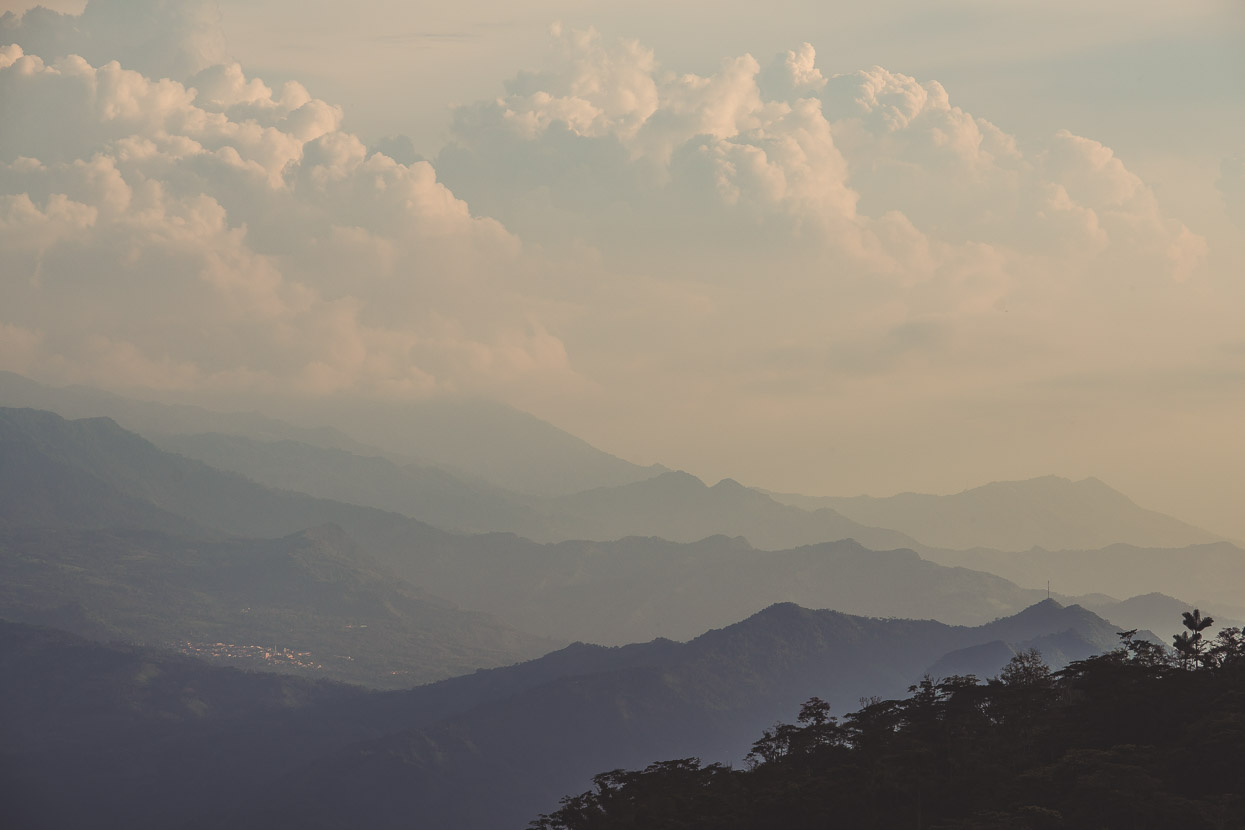
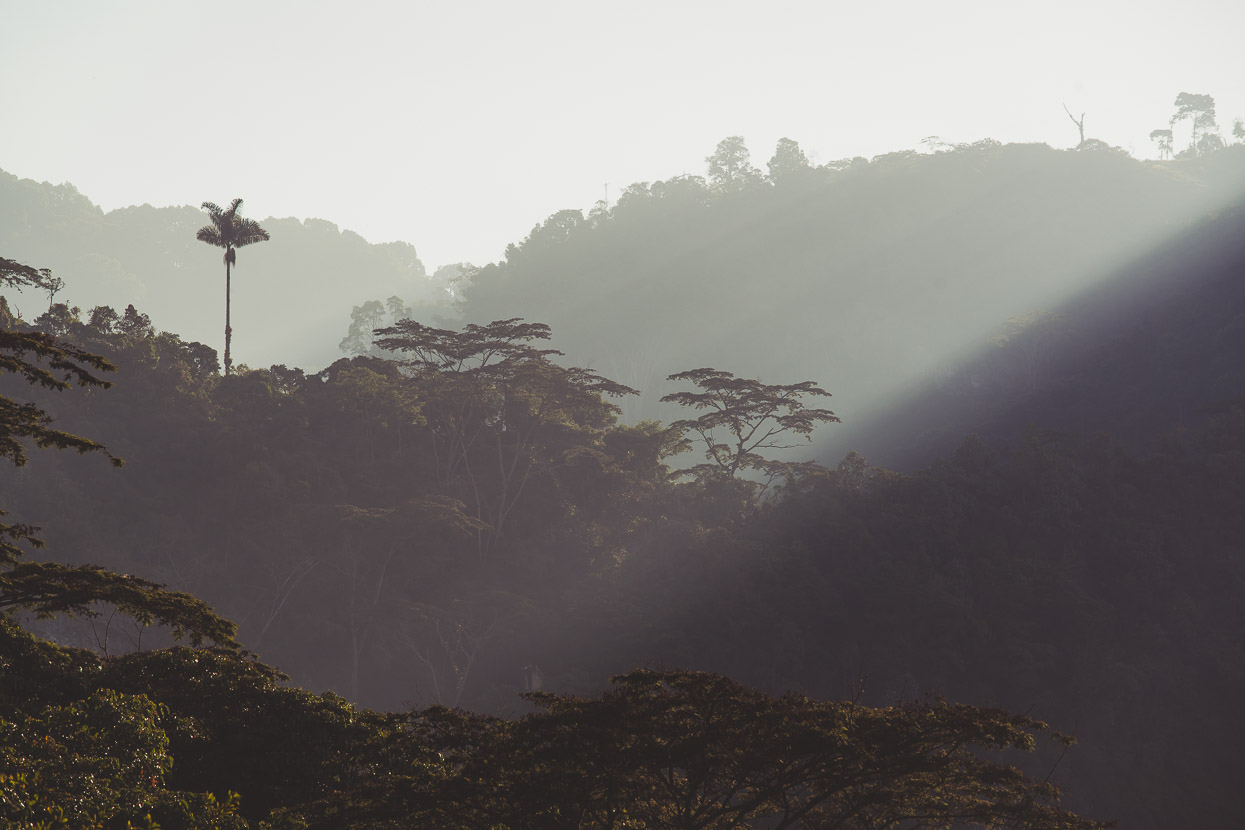
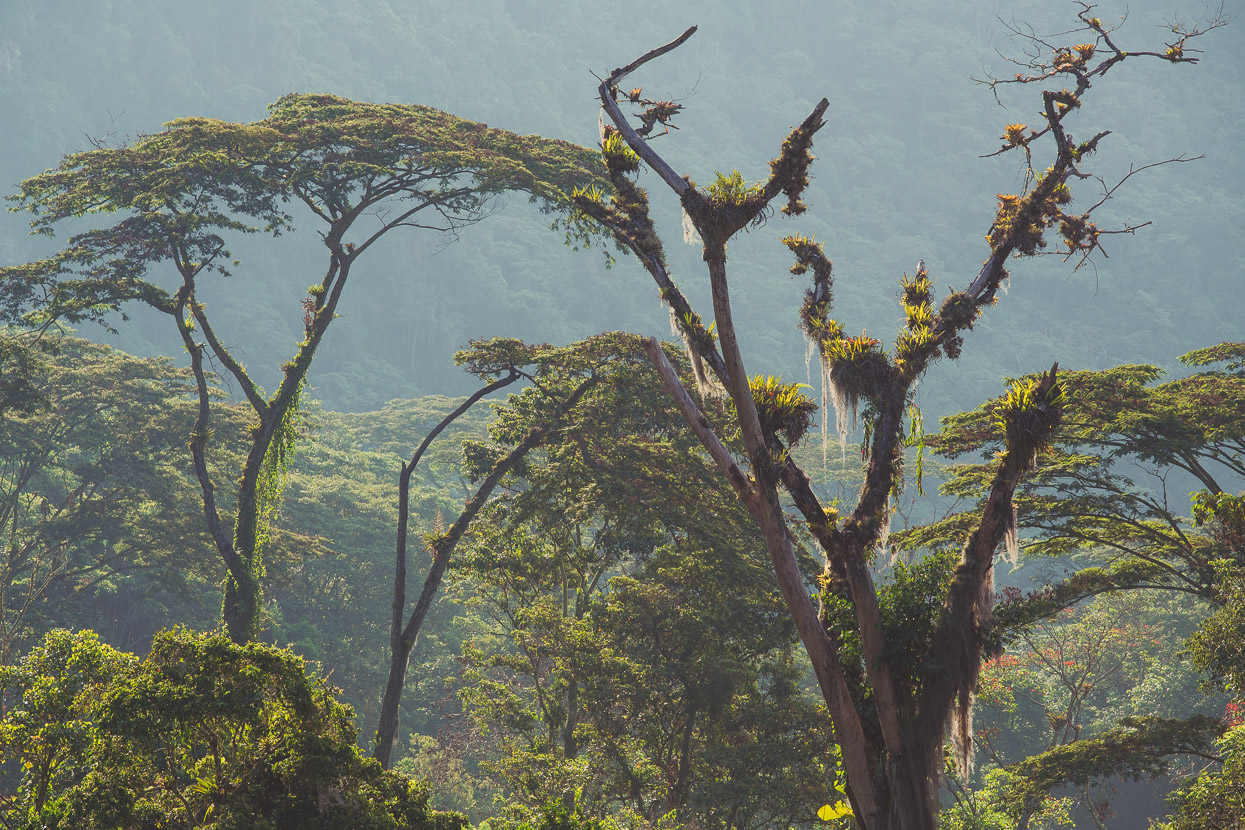
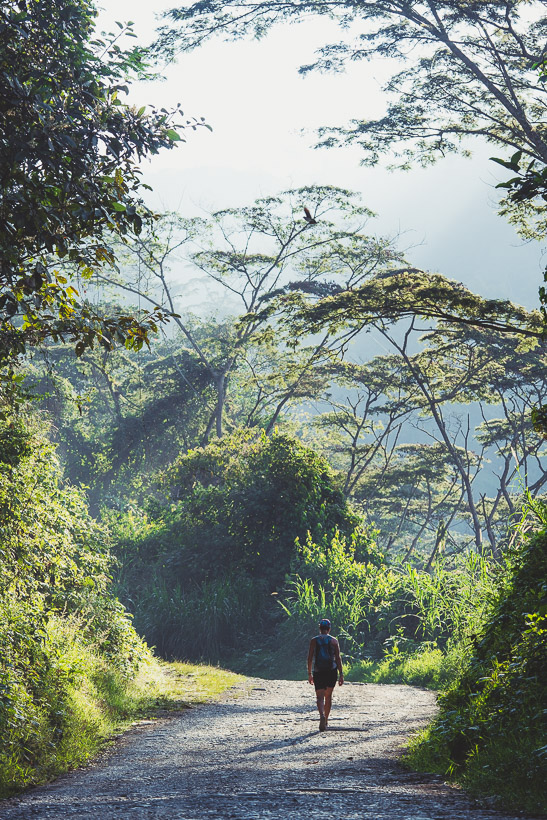
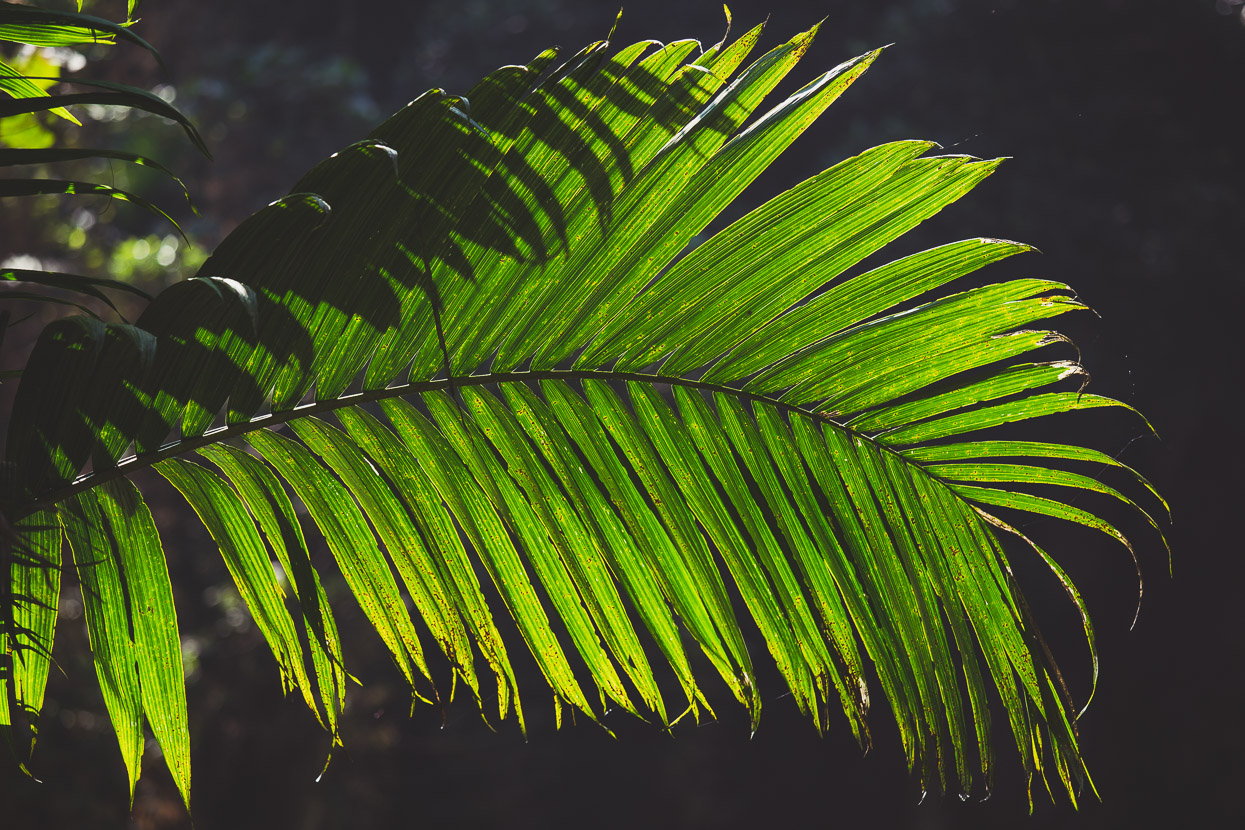
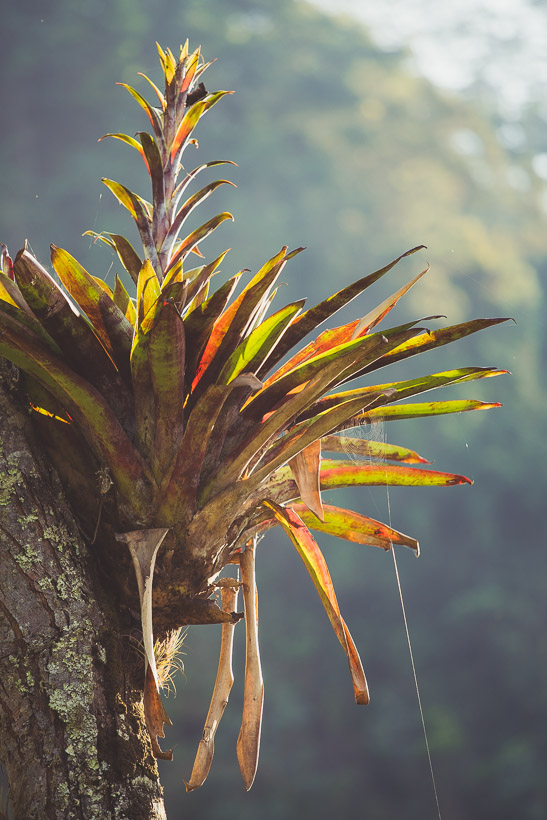
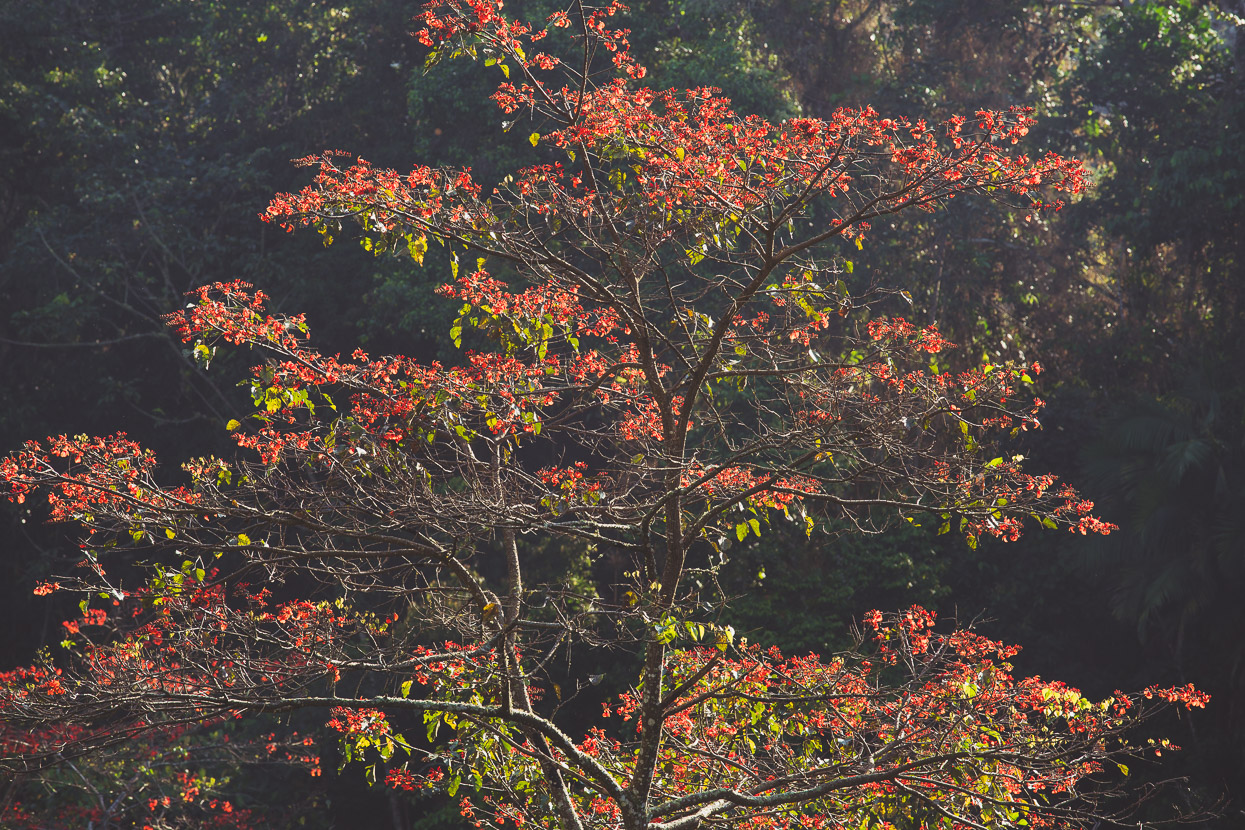
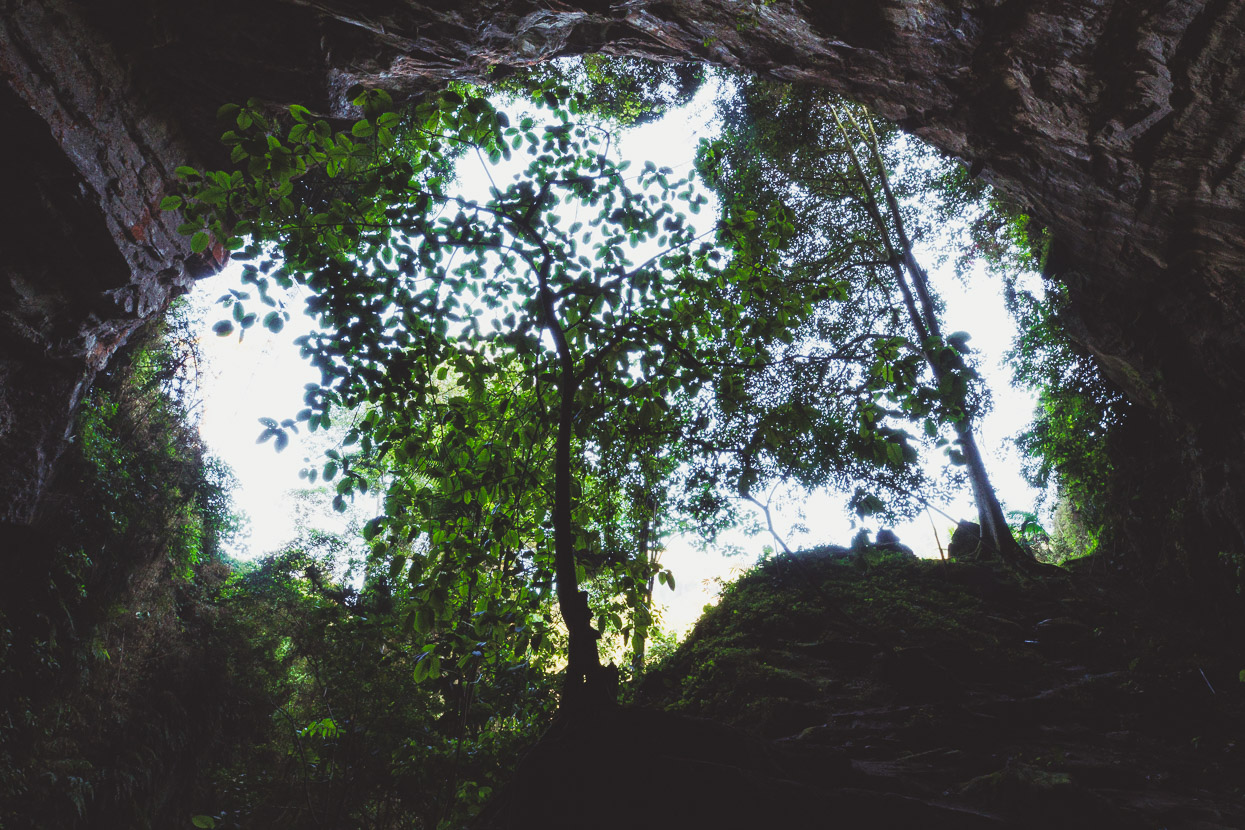
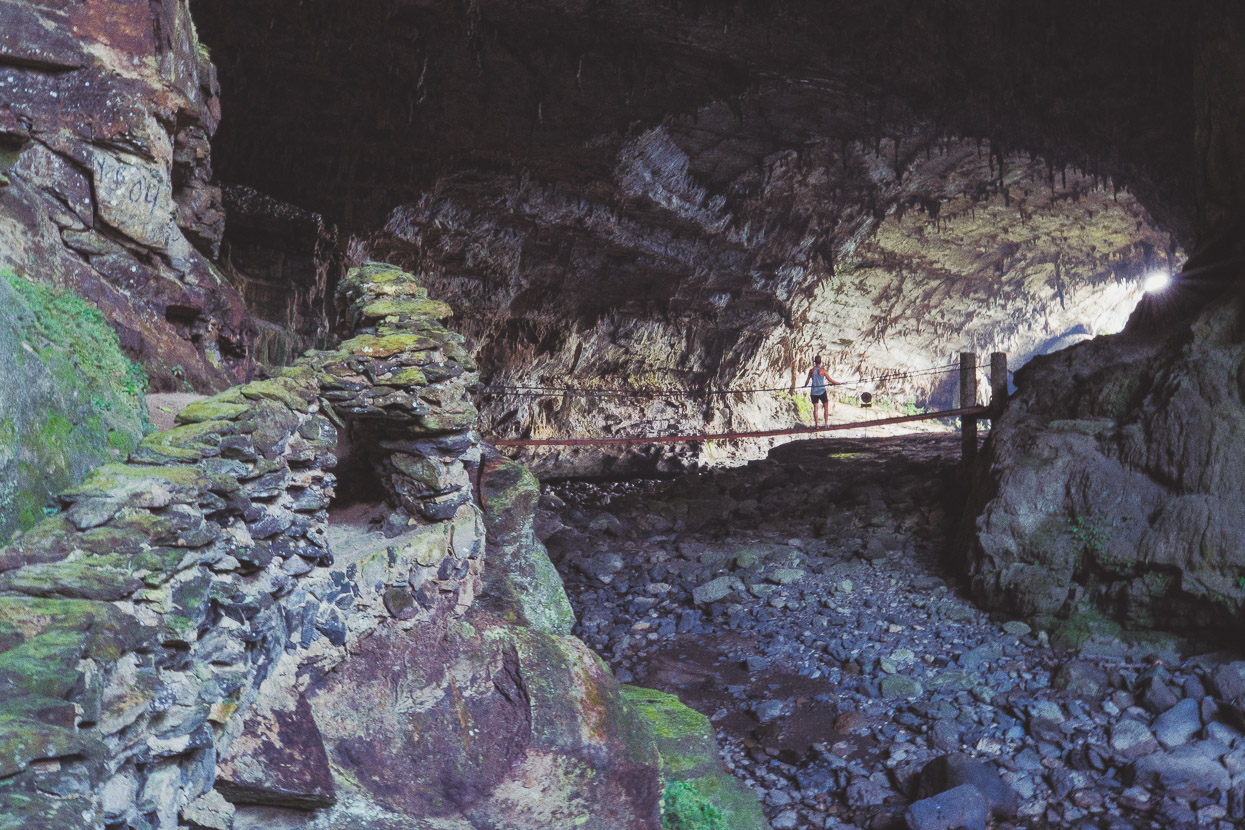
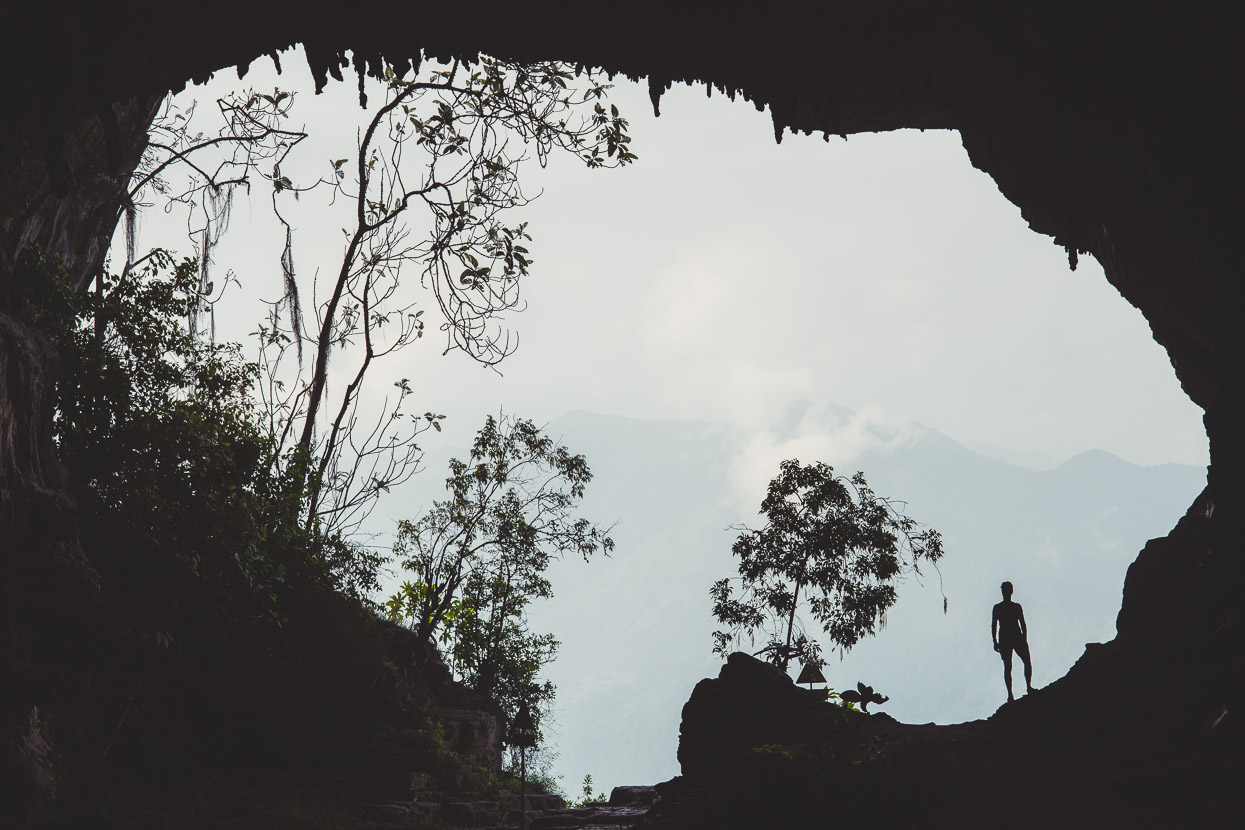
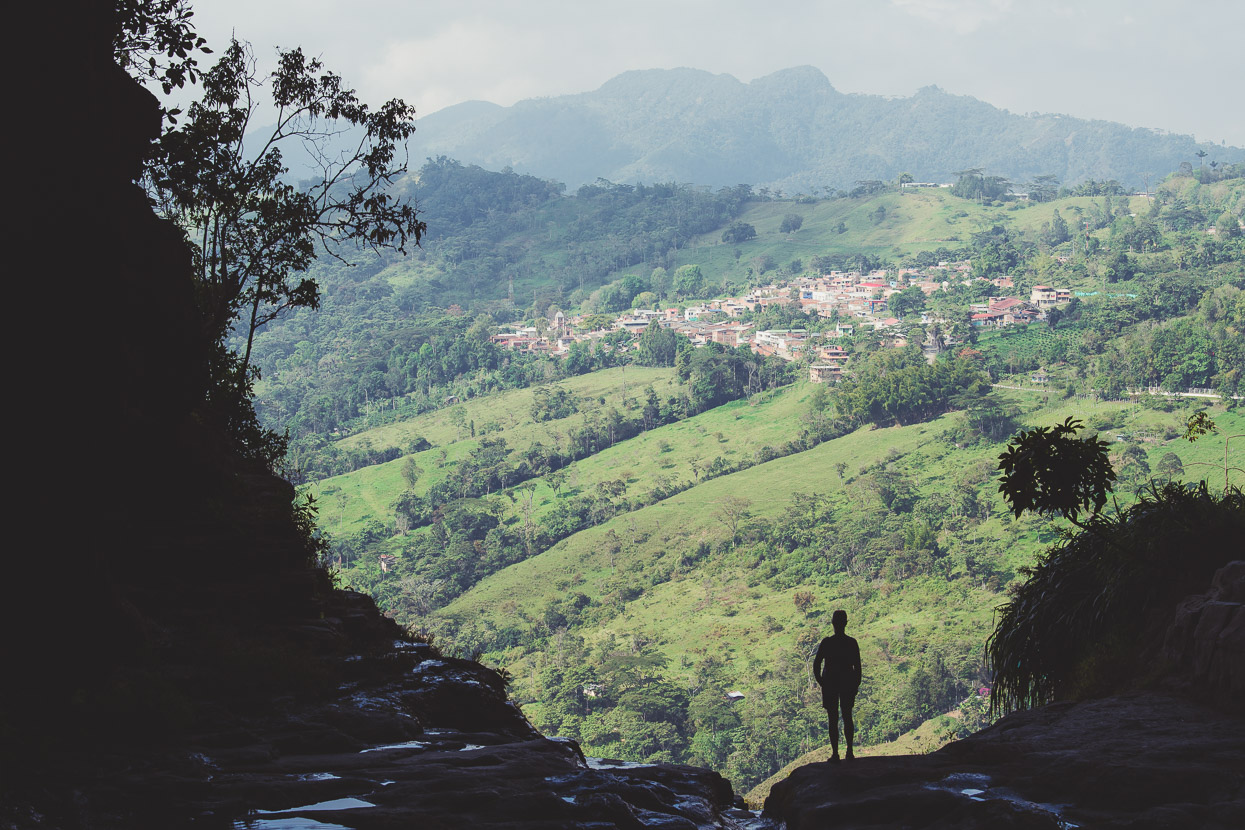
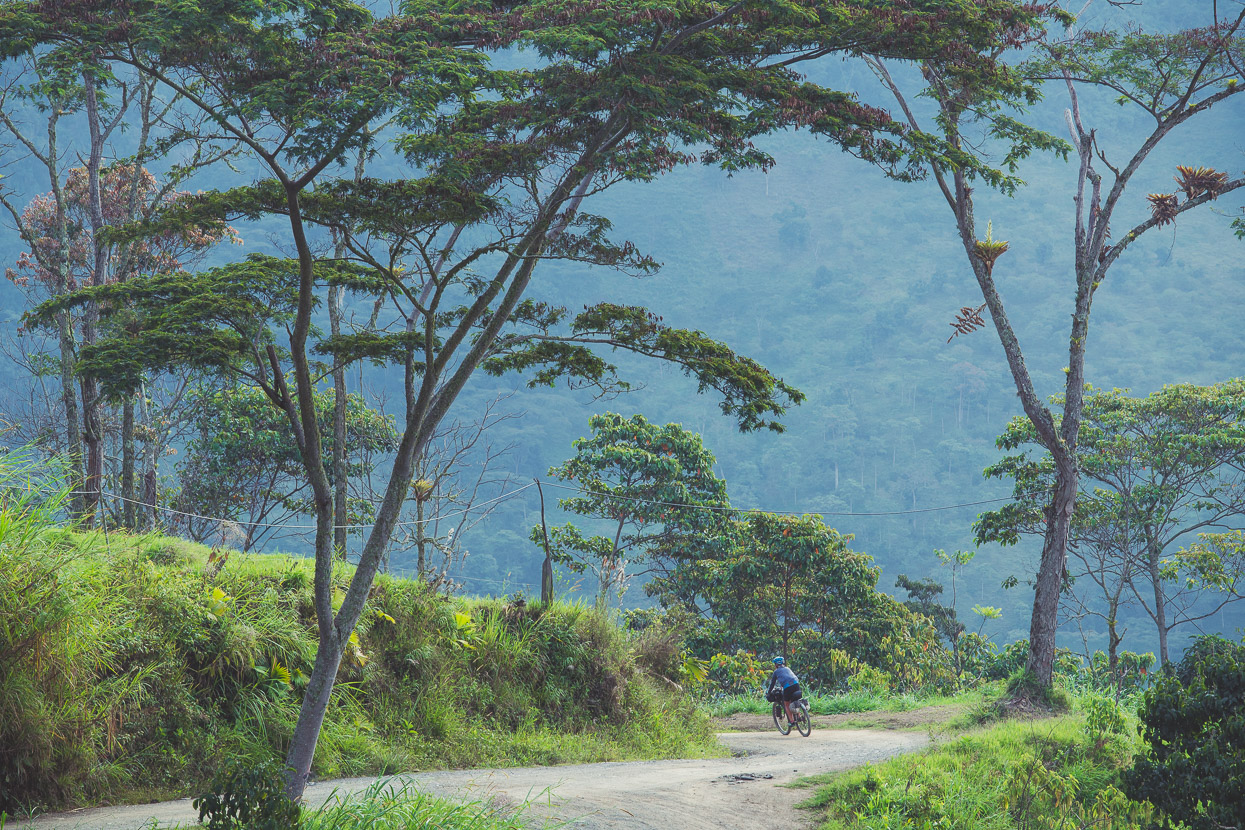
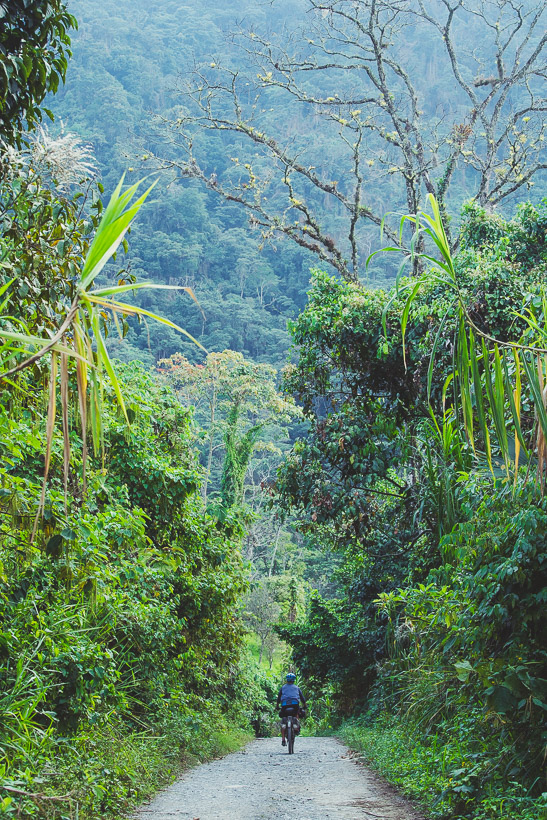
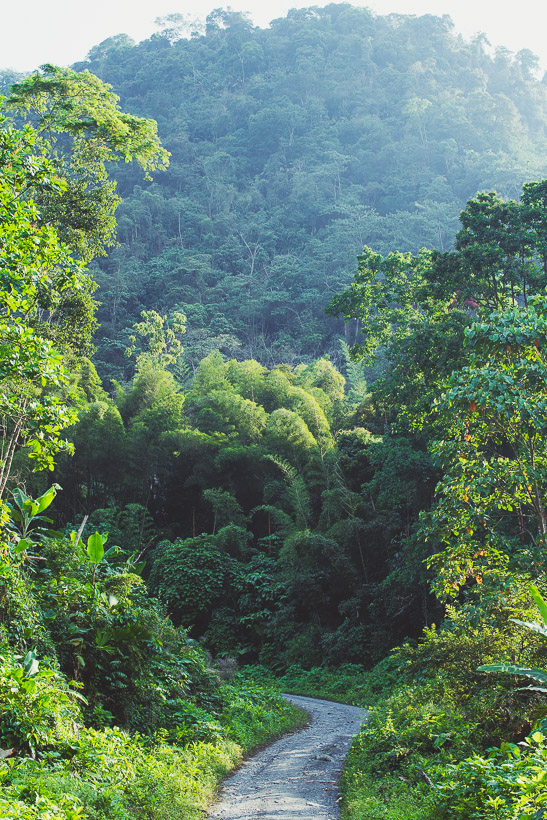
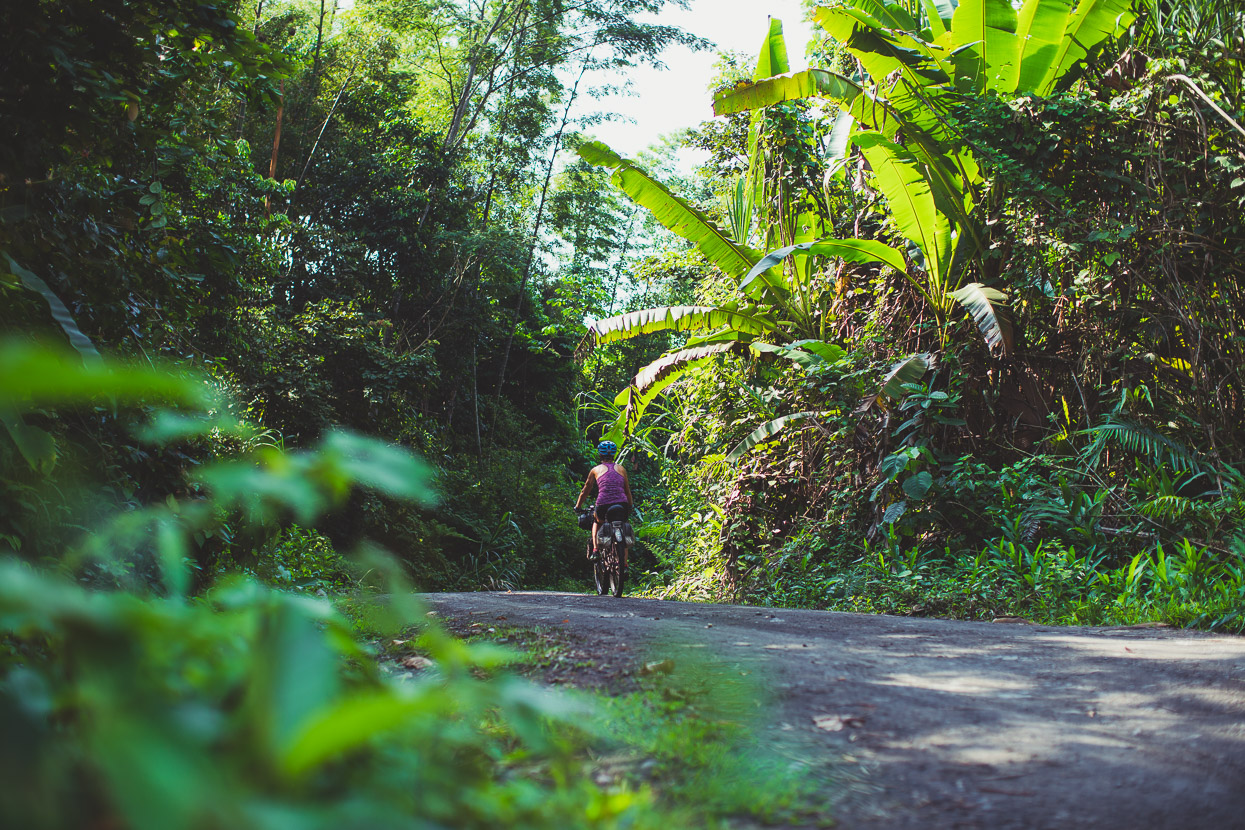
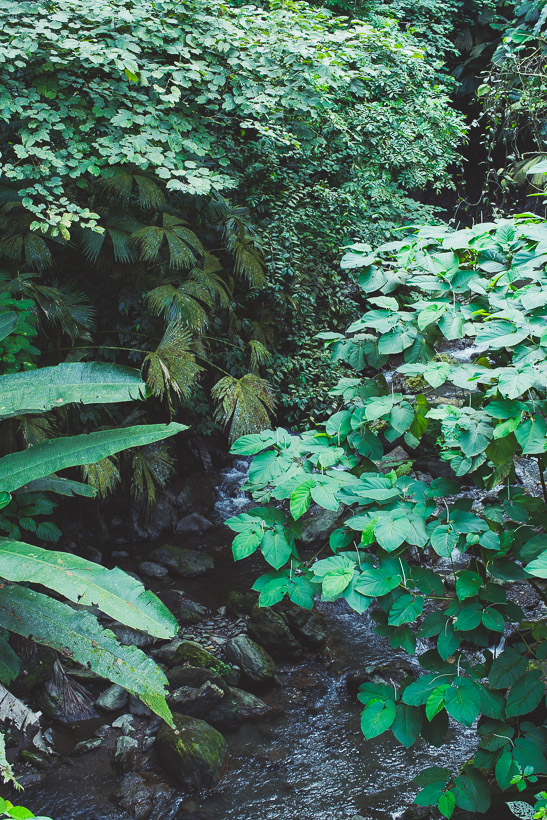
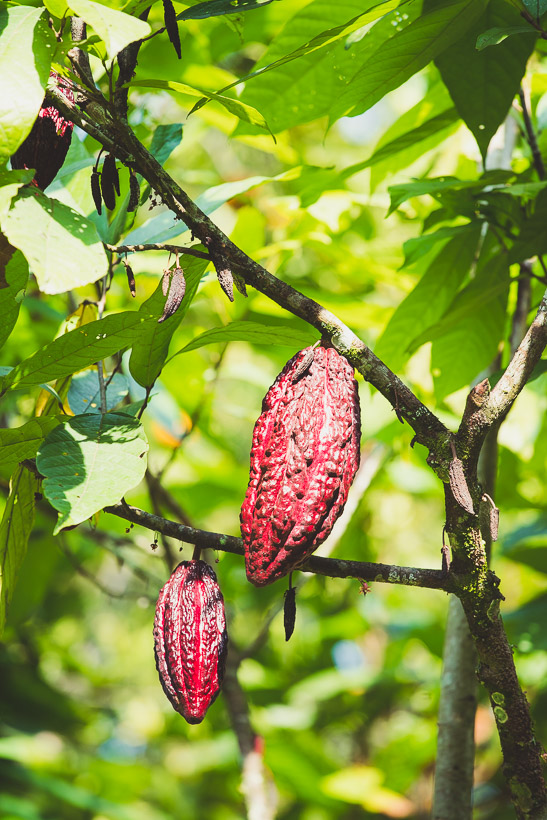
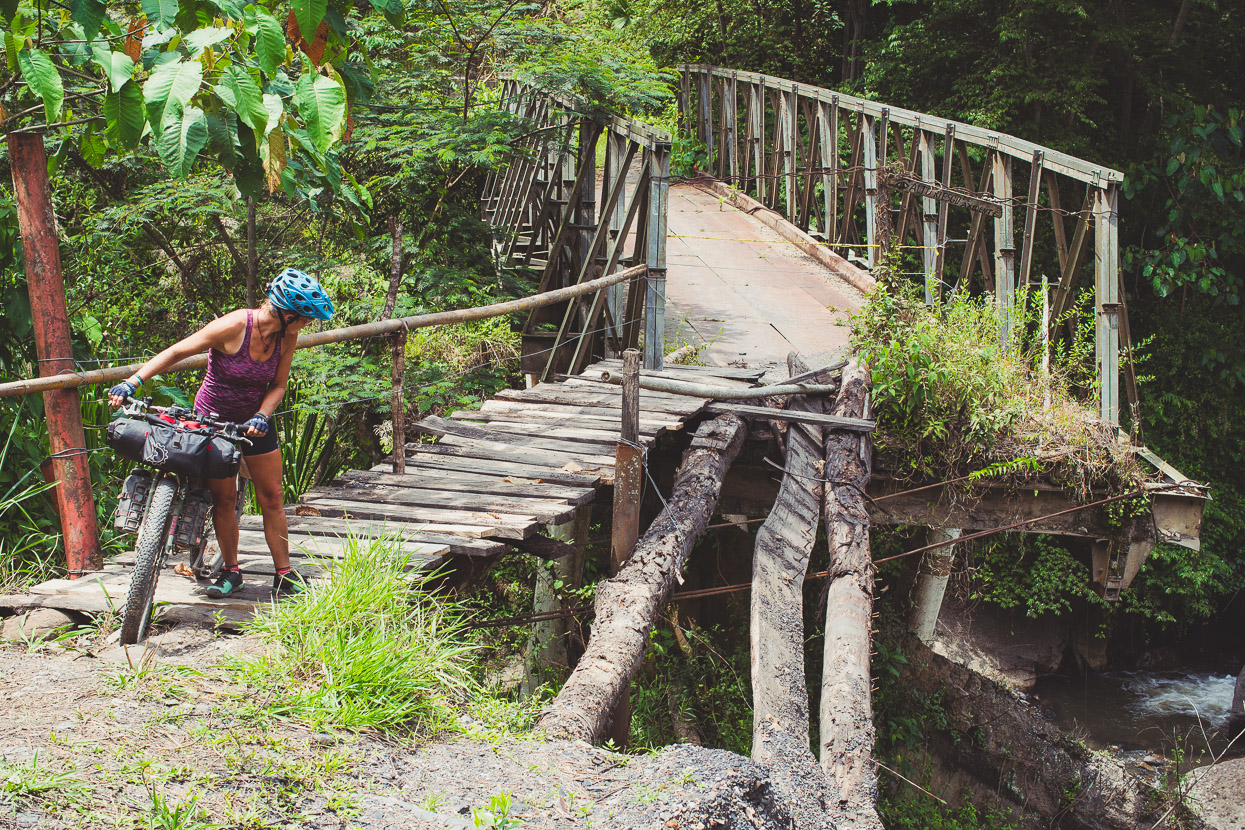
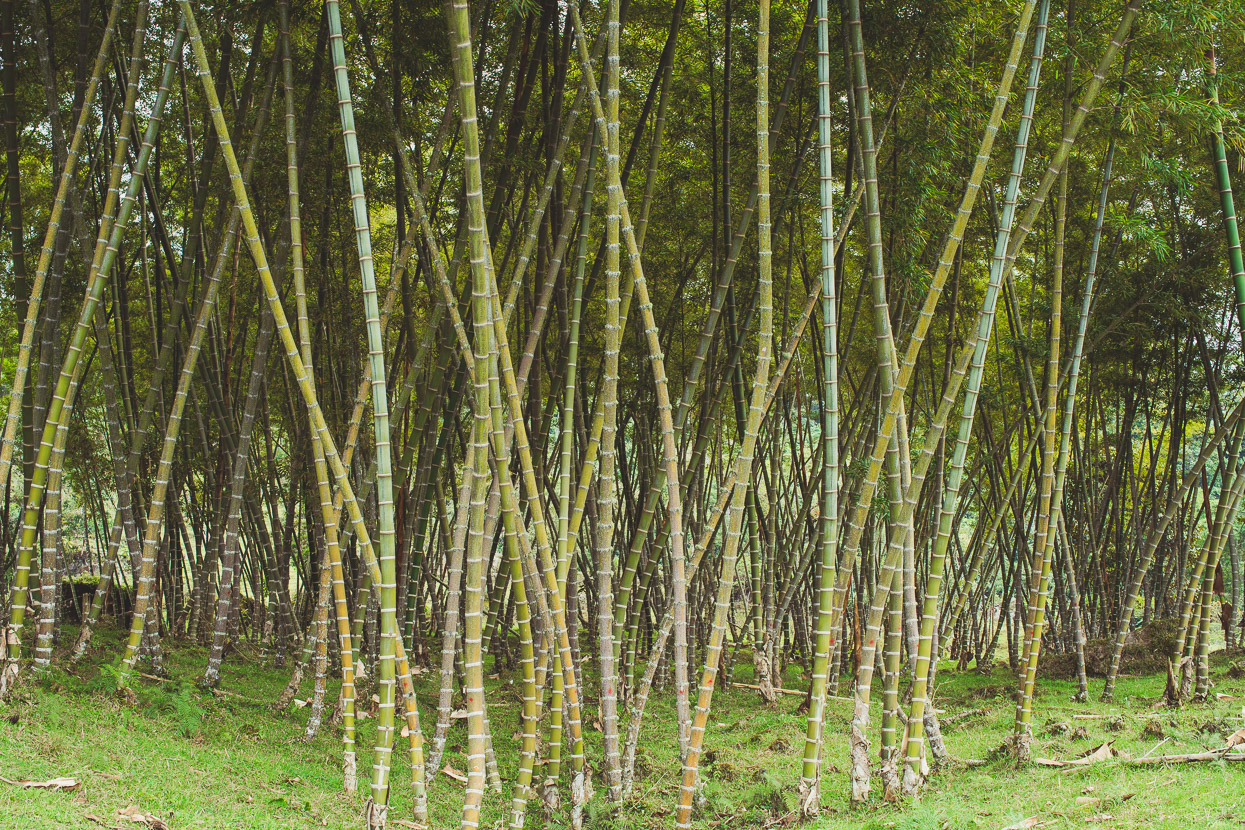
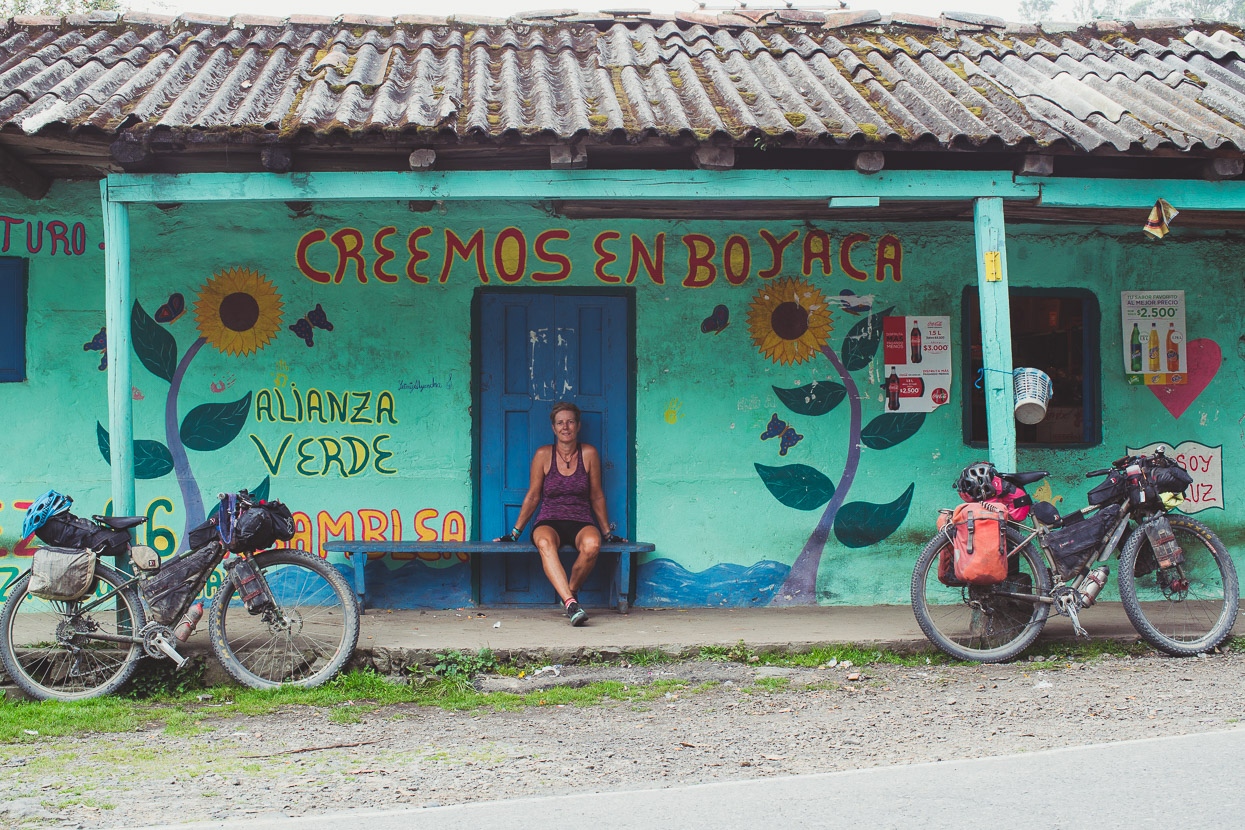
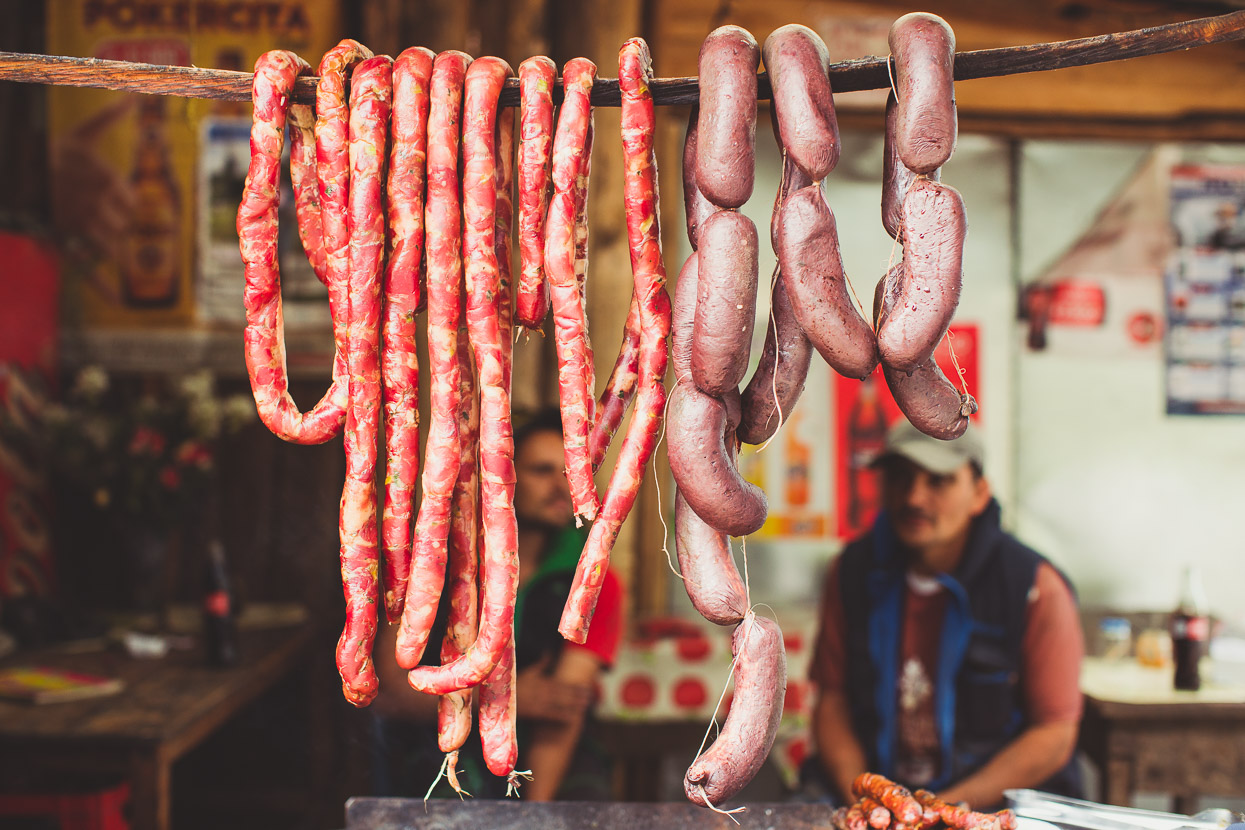
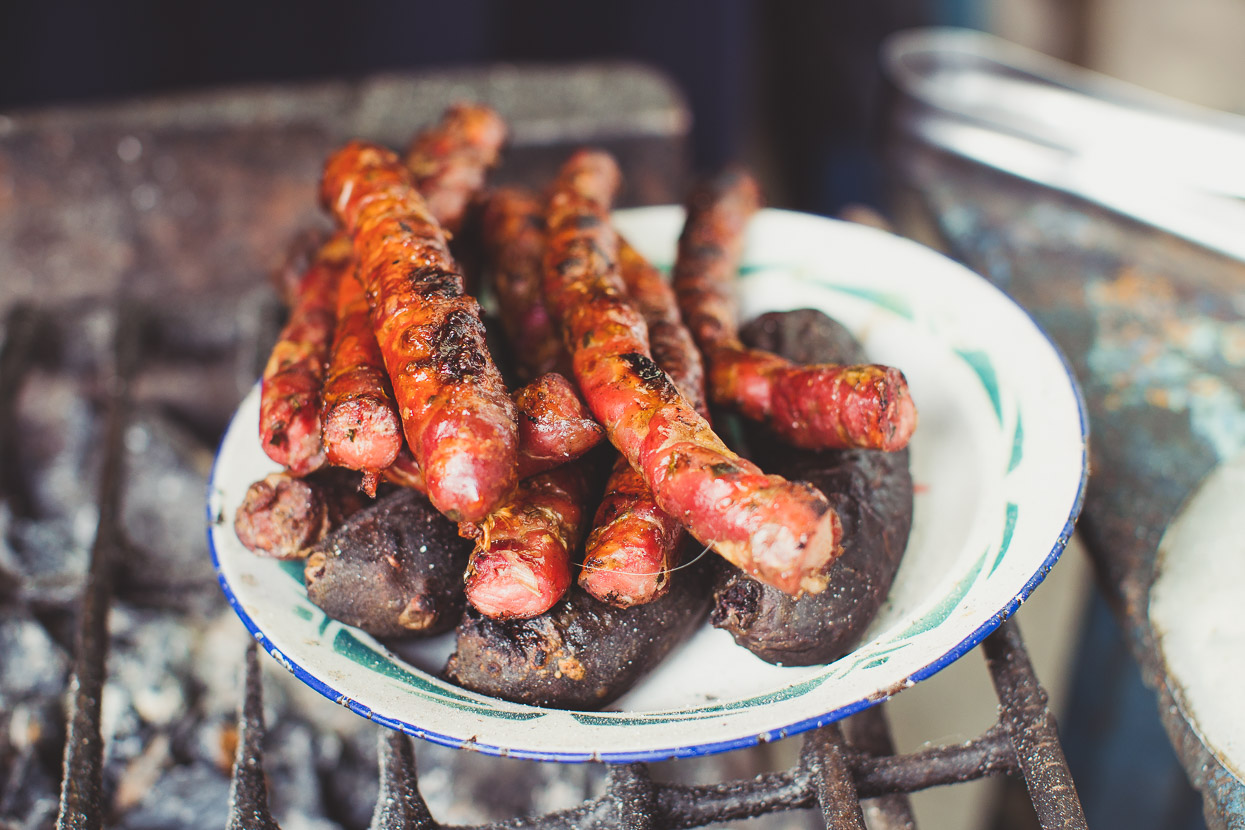
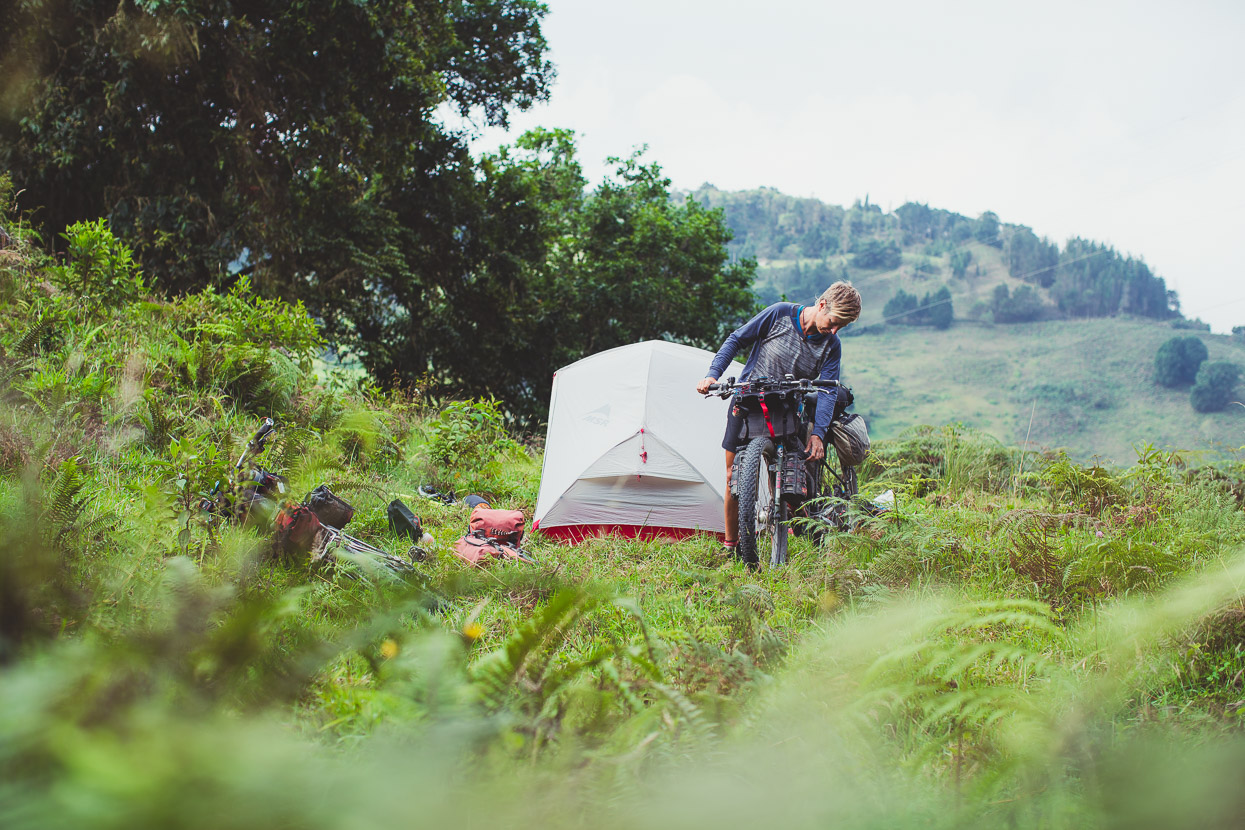
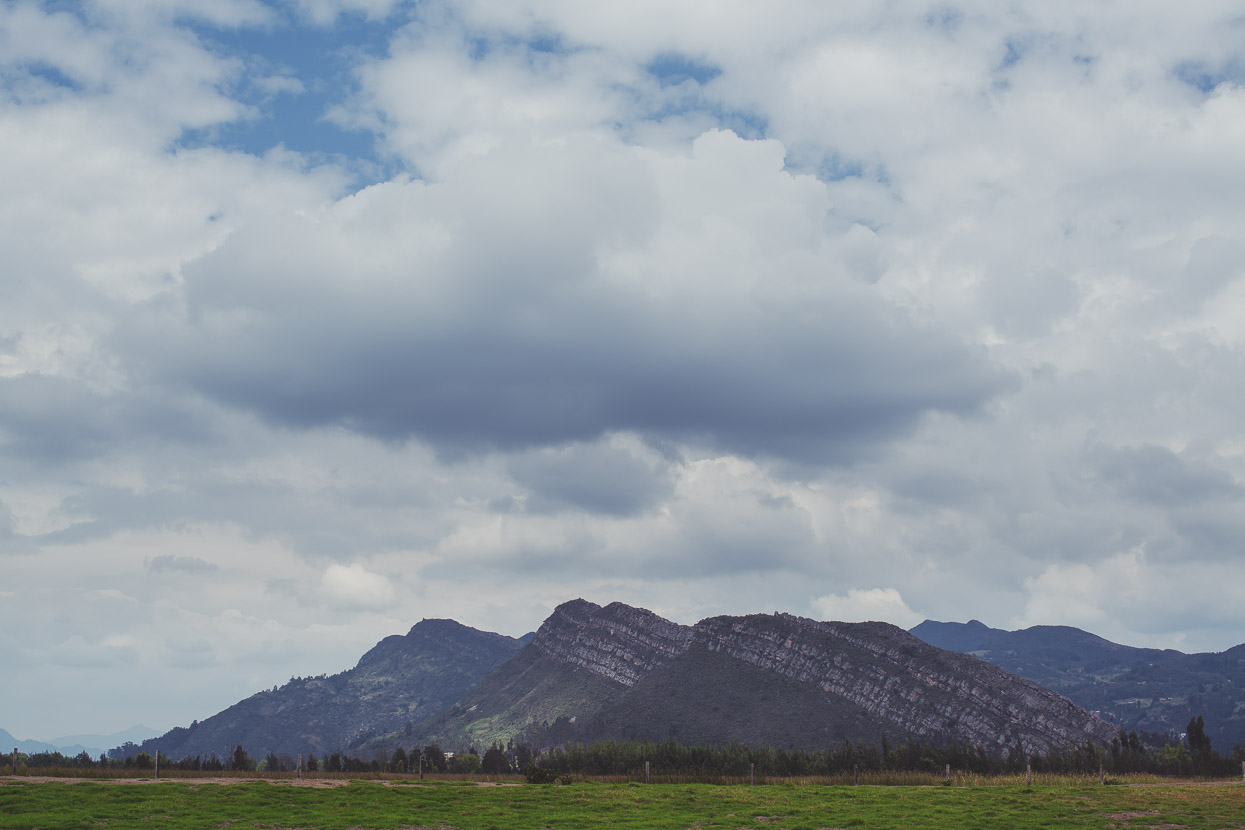
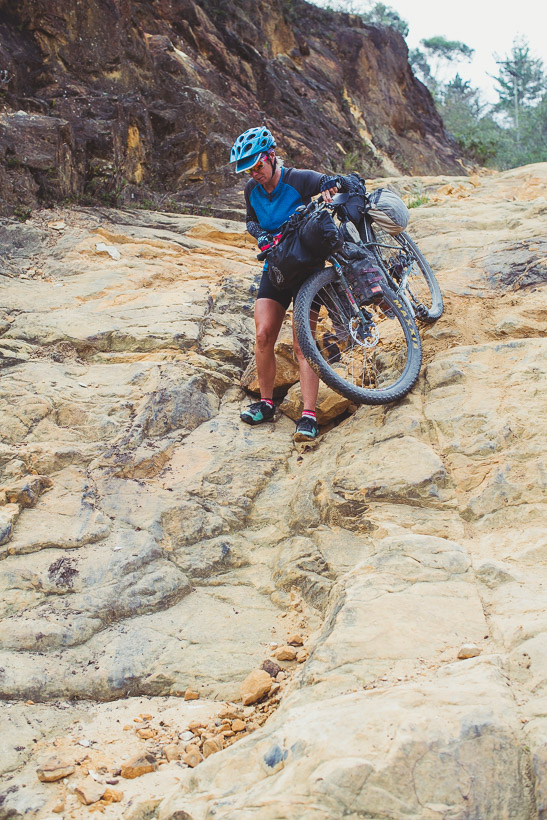
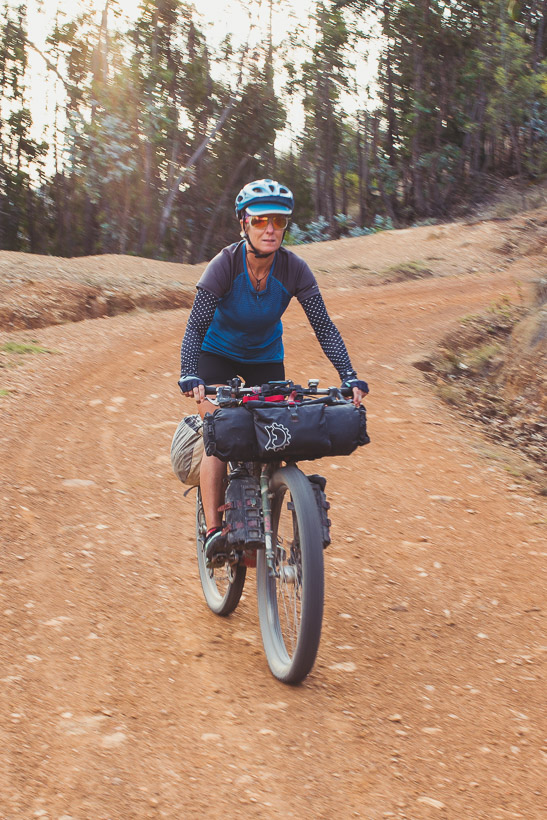
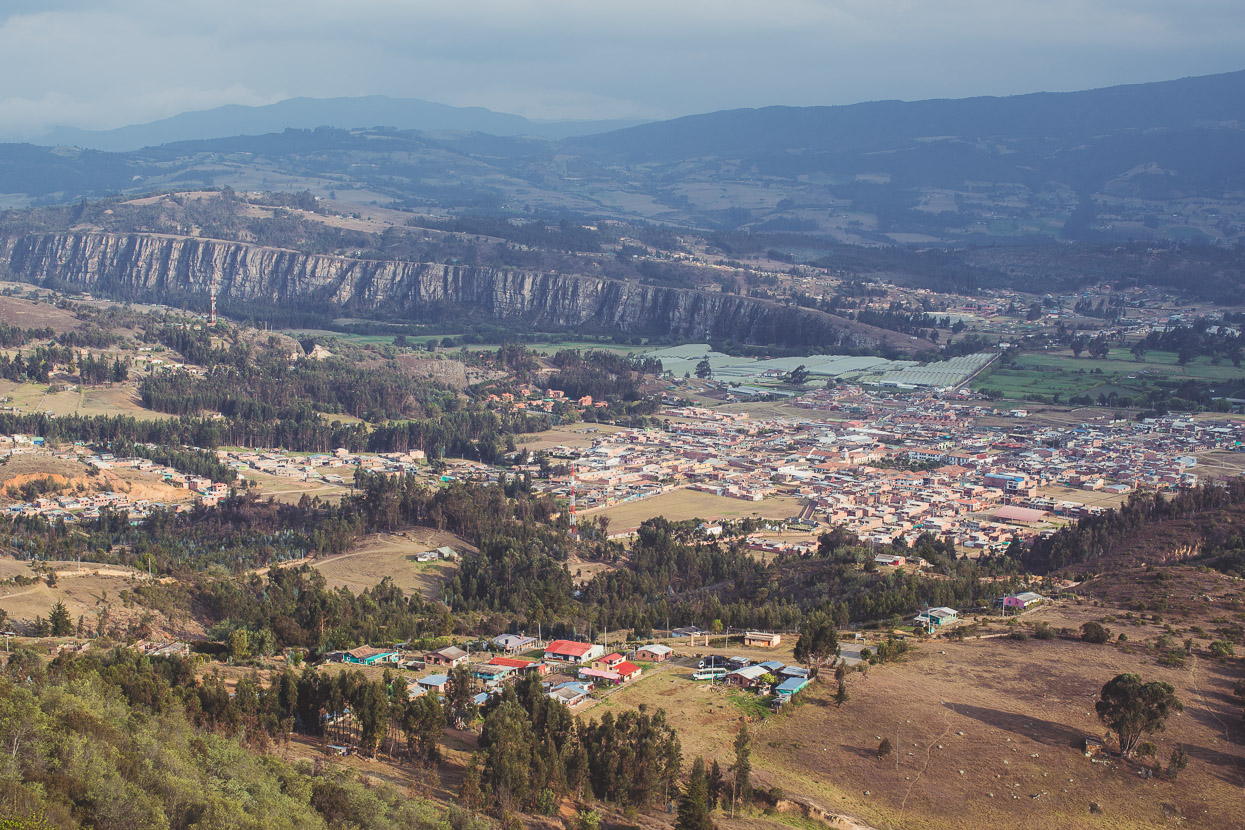
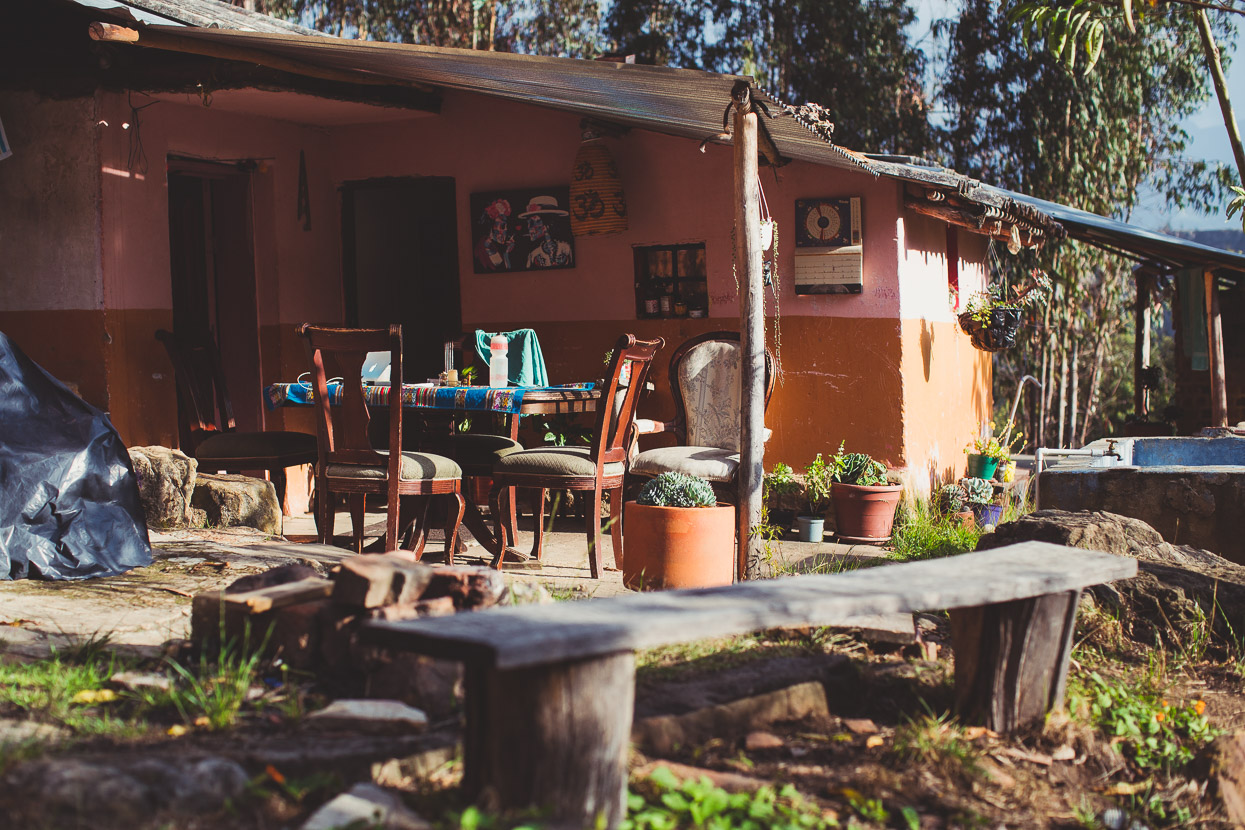
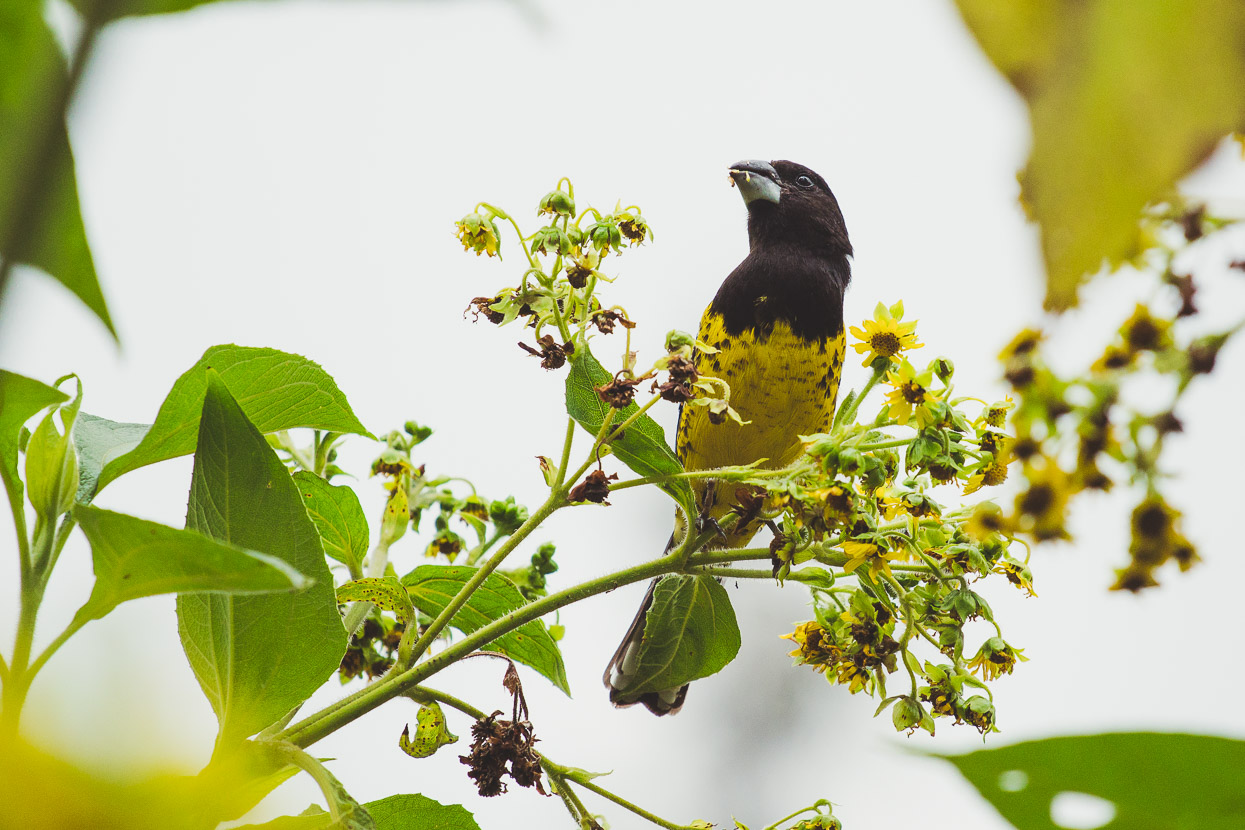
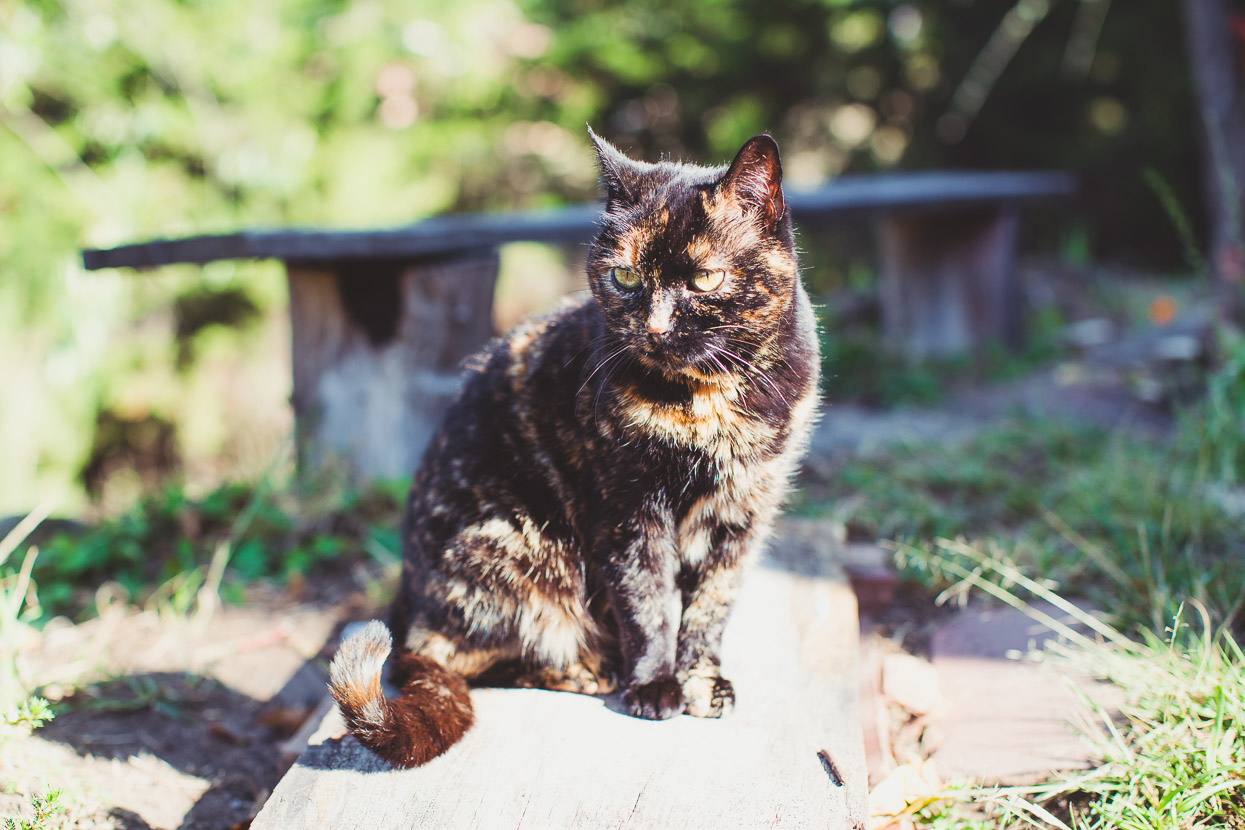





Fascinating – loving the ride.